
Nesting; to occupy - collect - store - organise -
look after - care for…
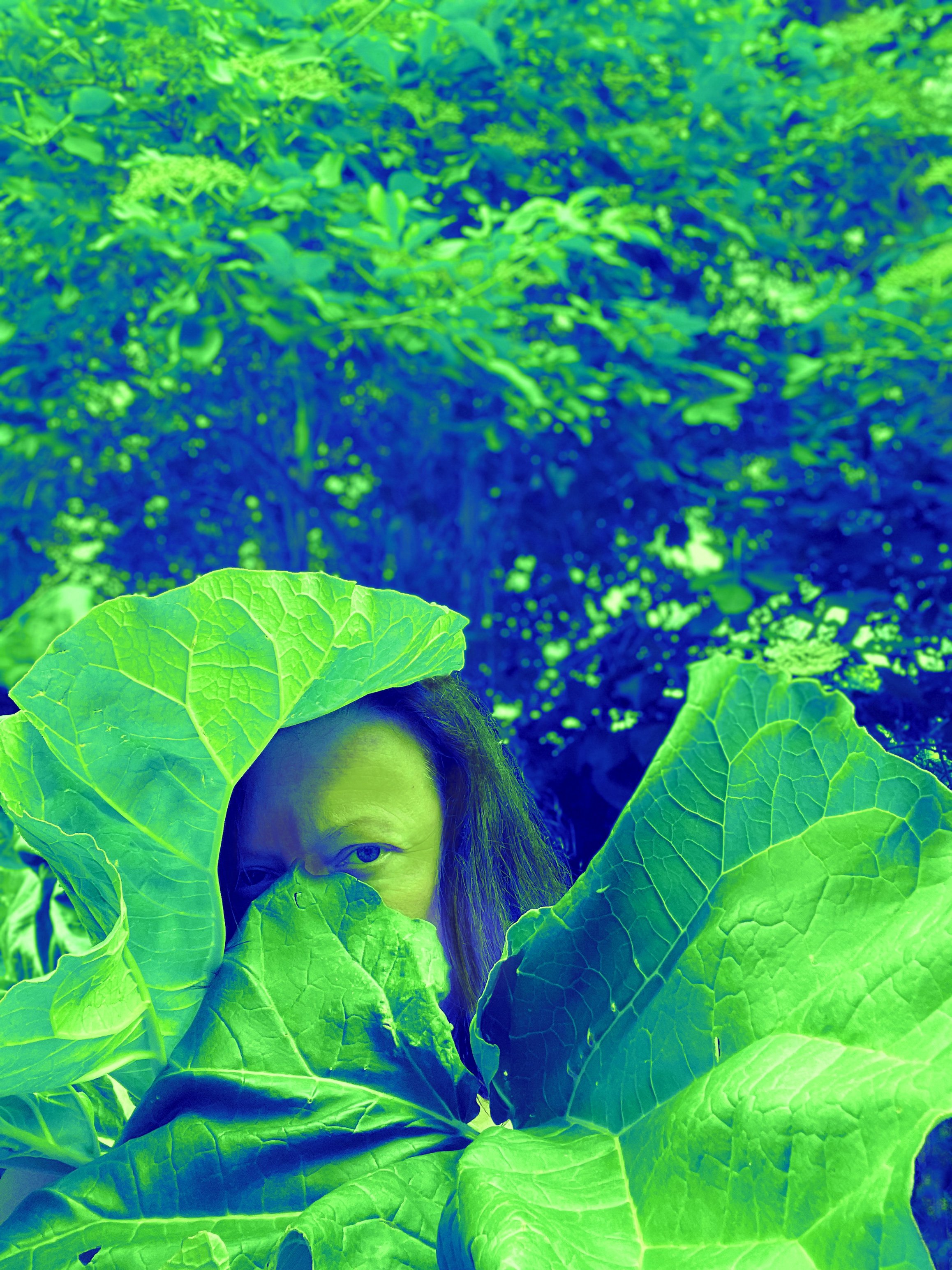
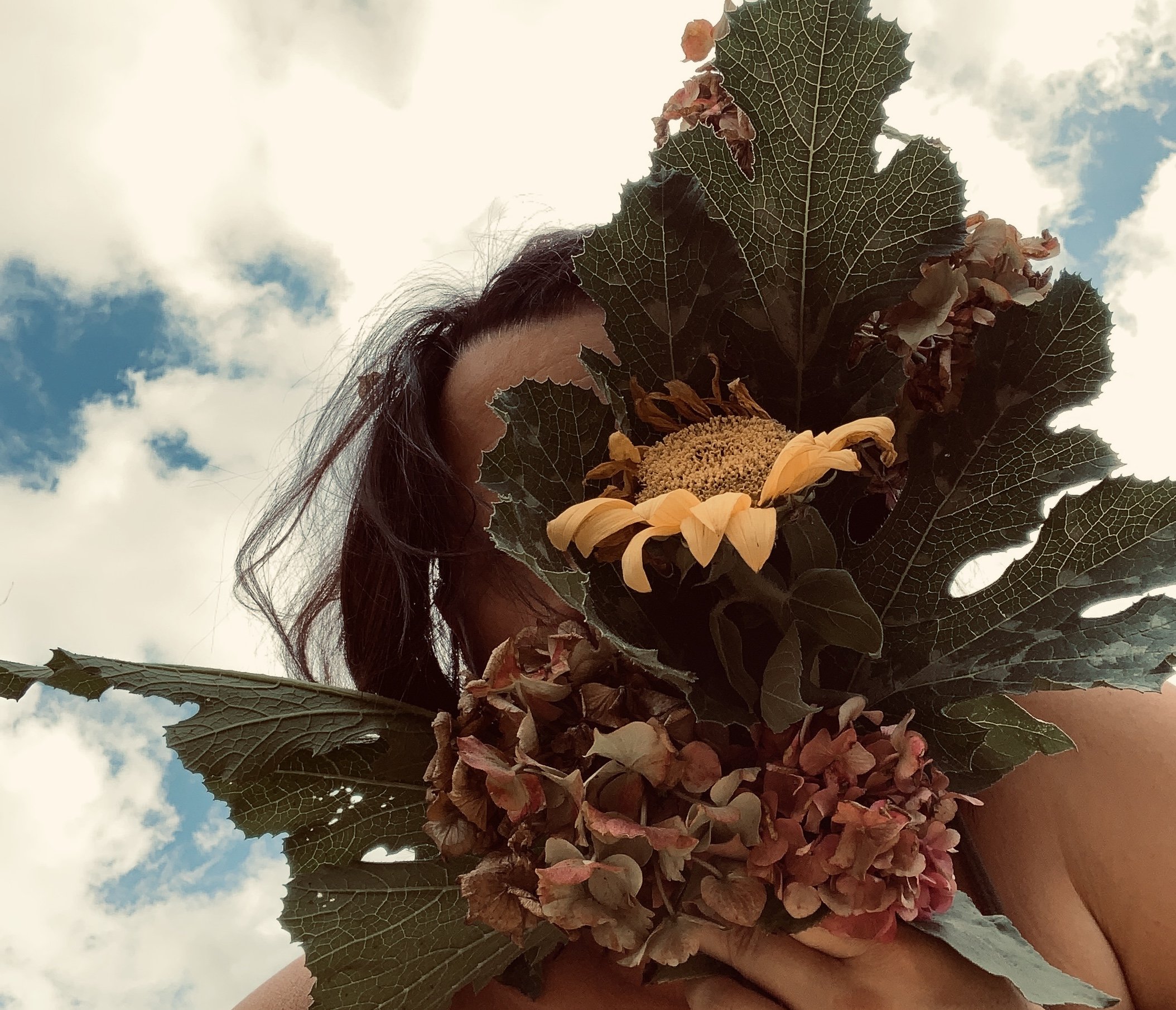
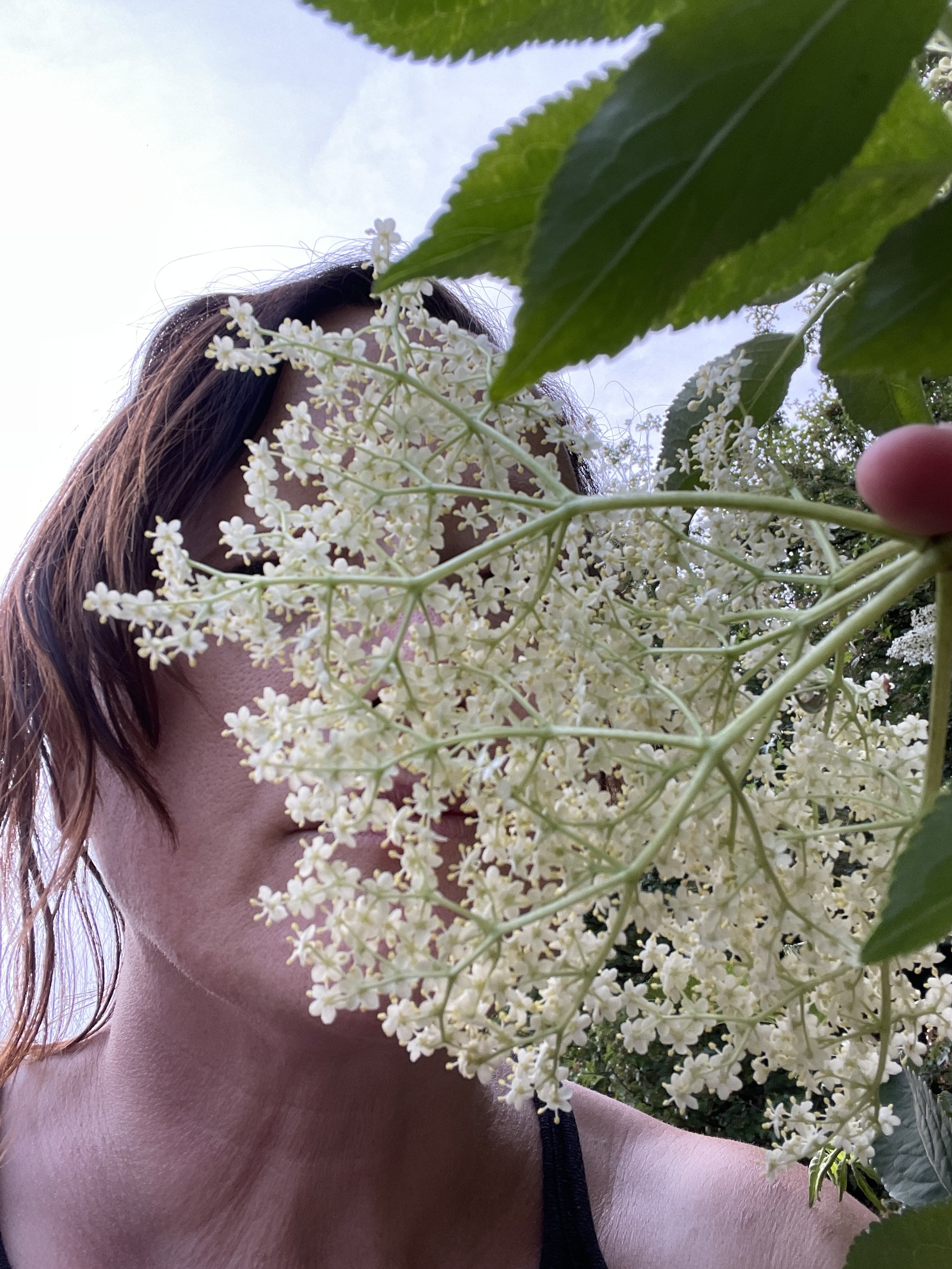
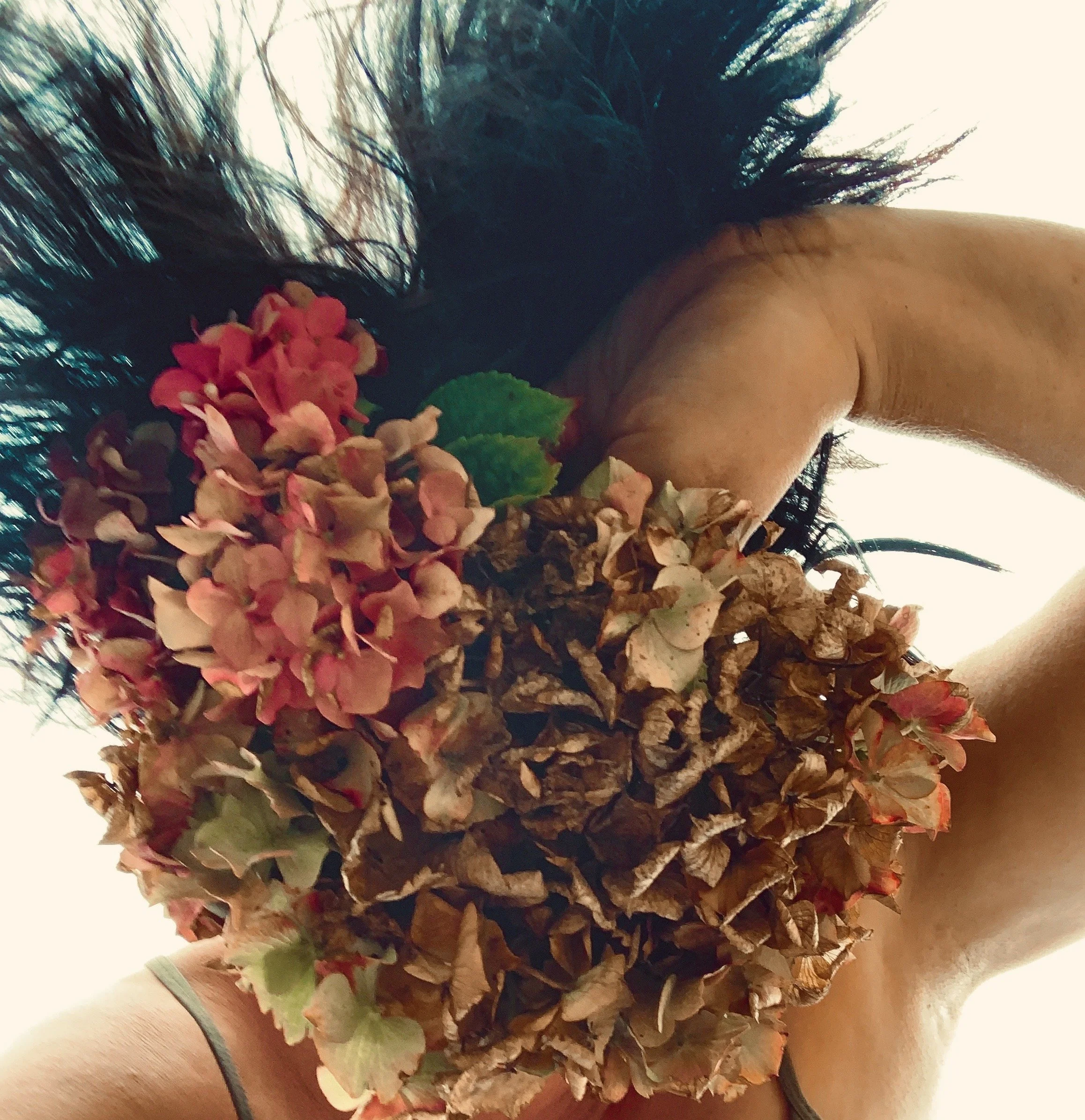


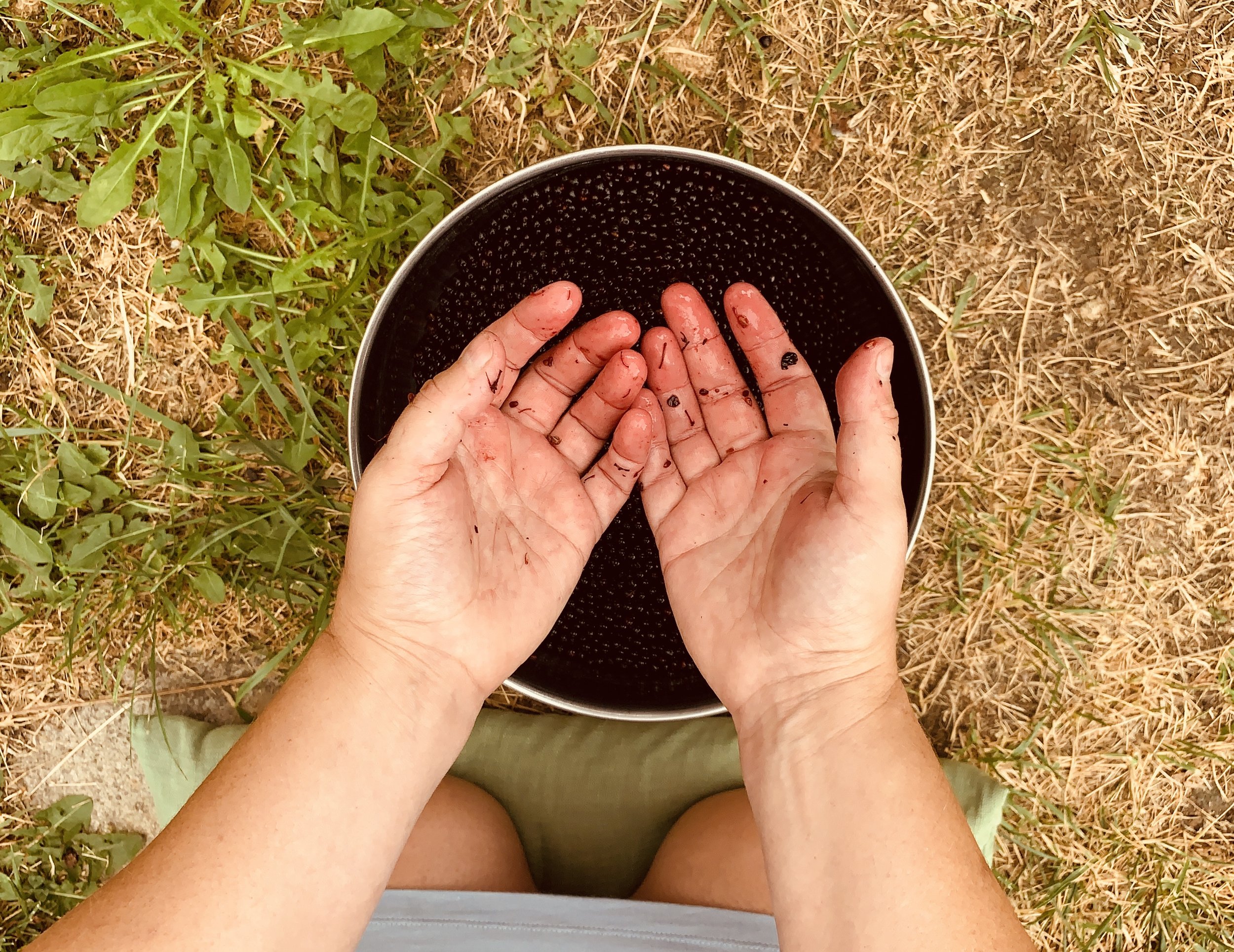
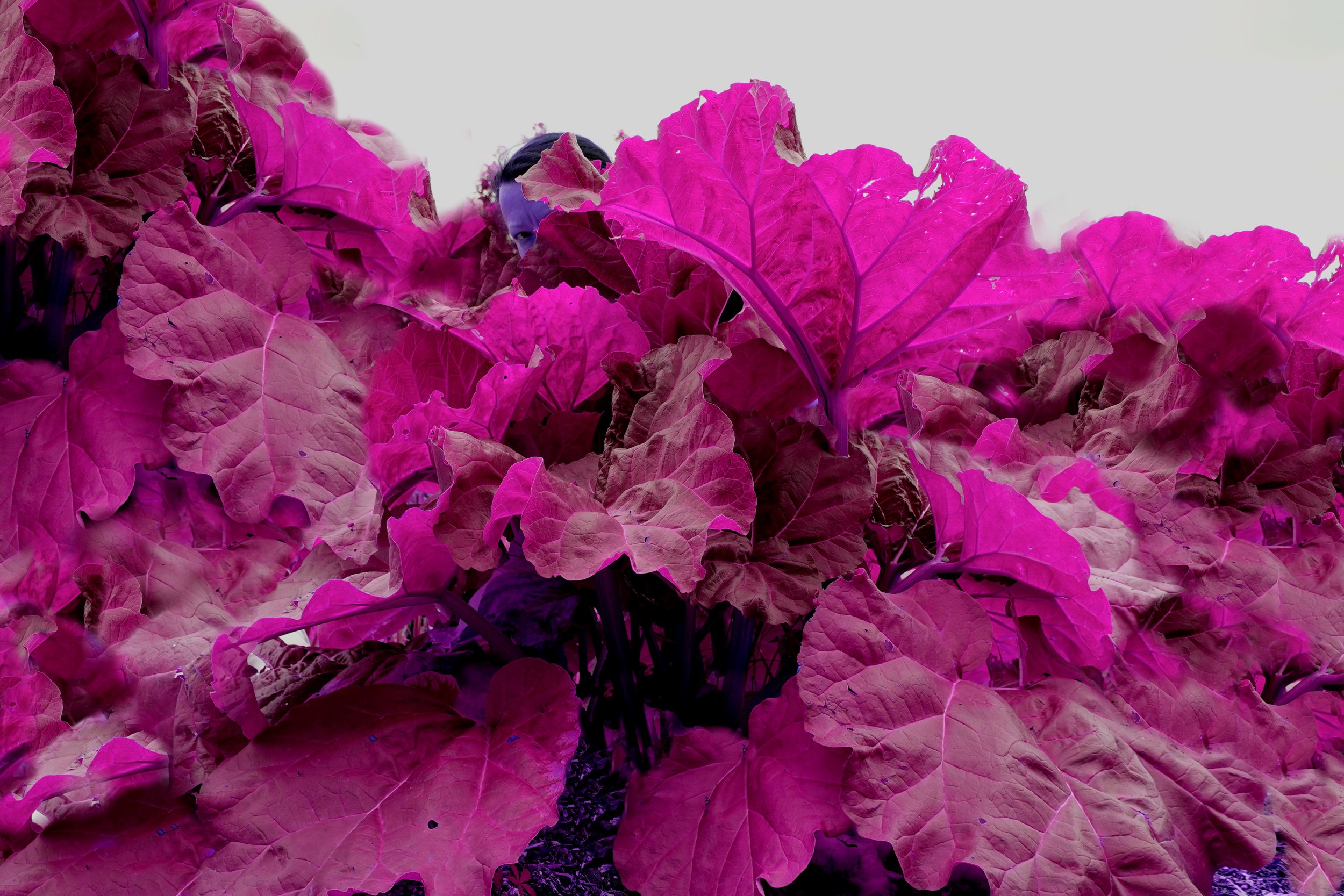
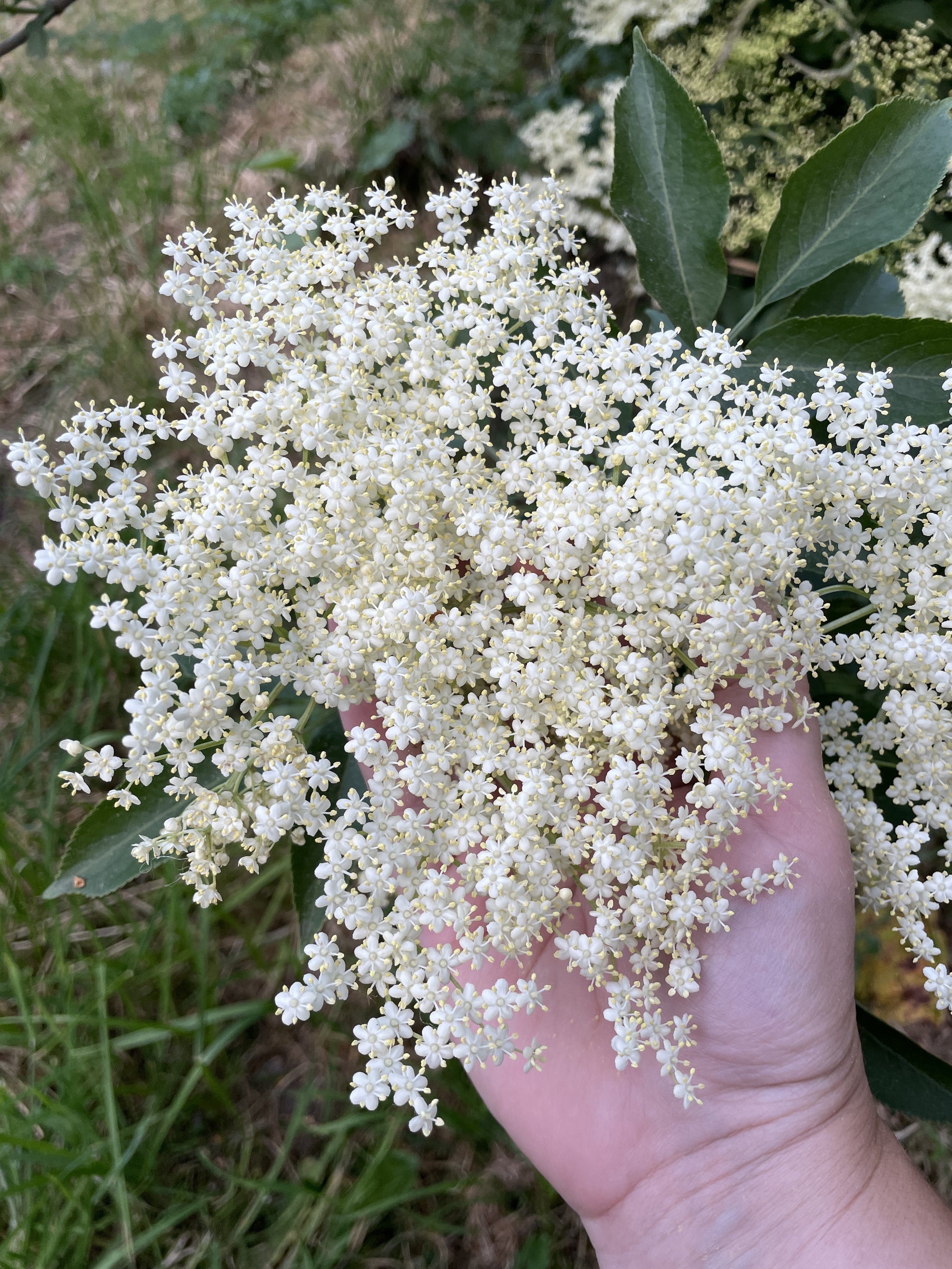
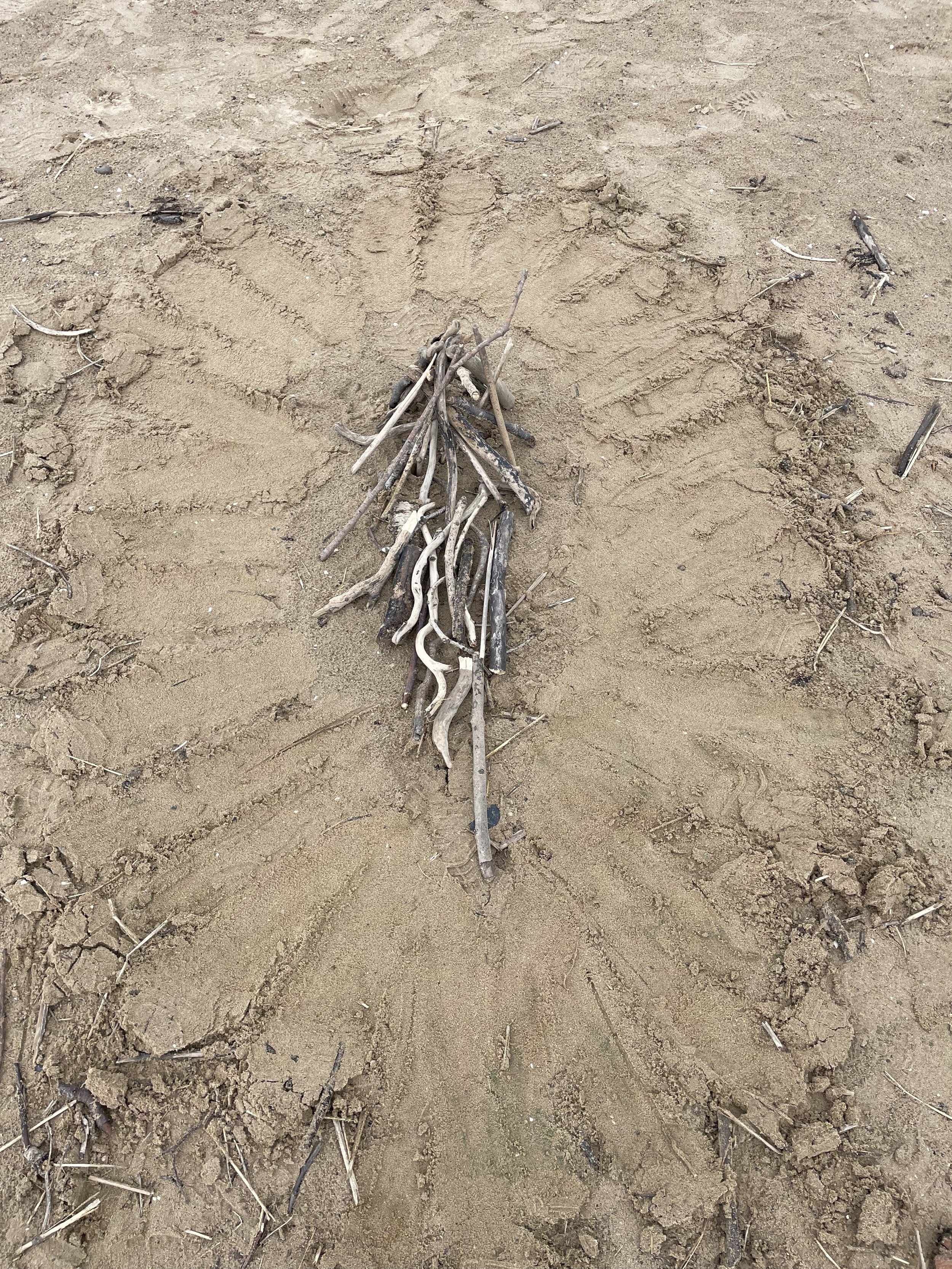
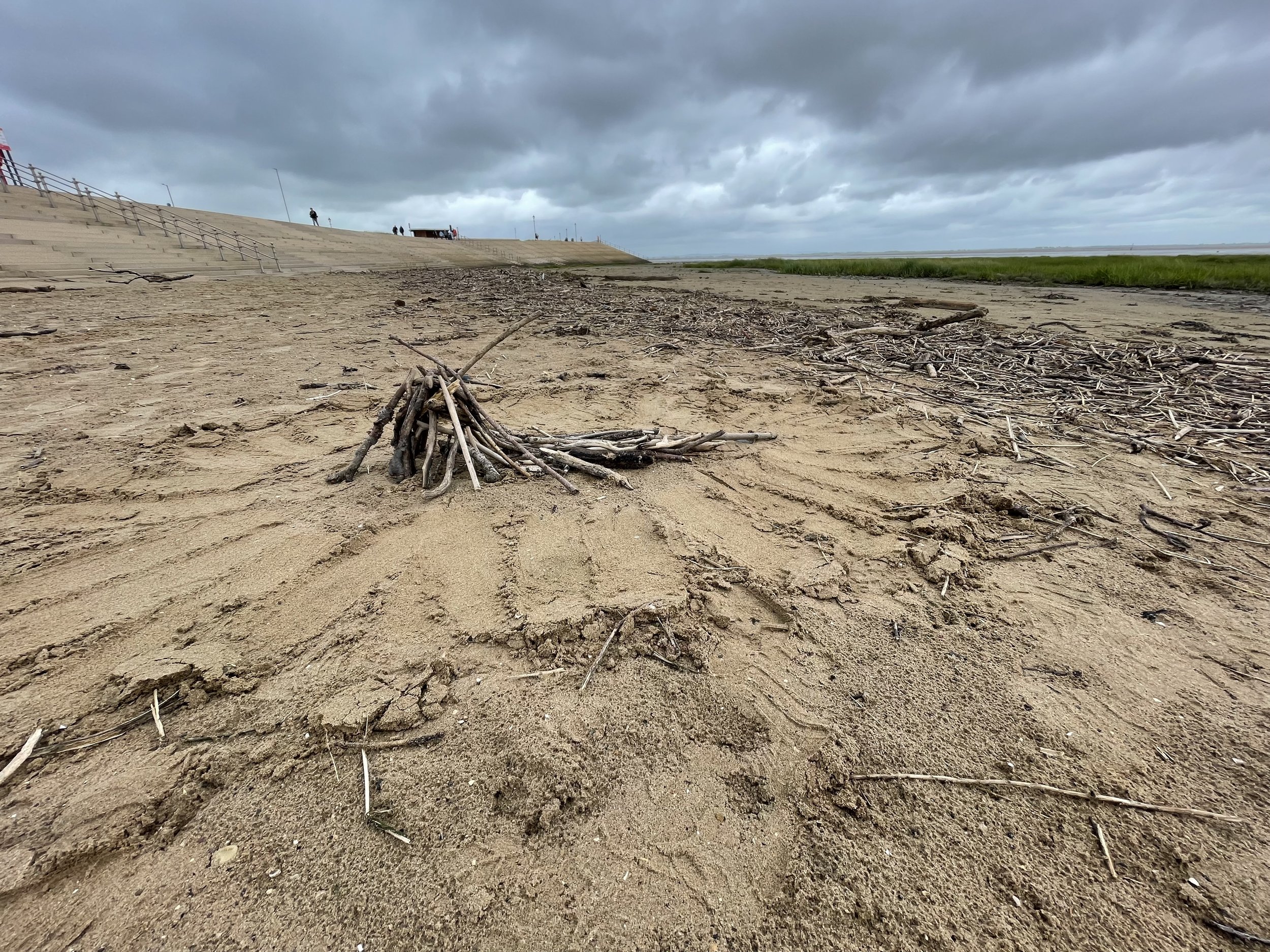

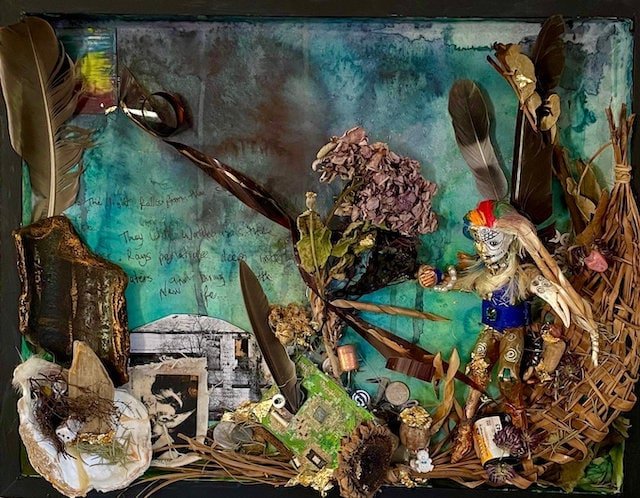
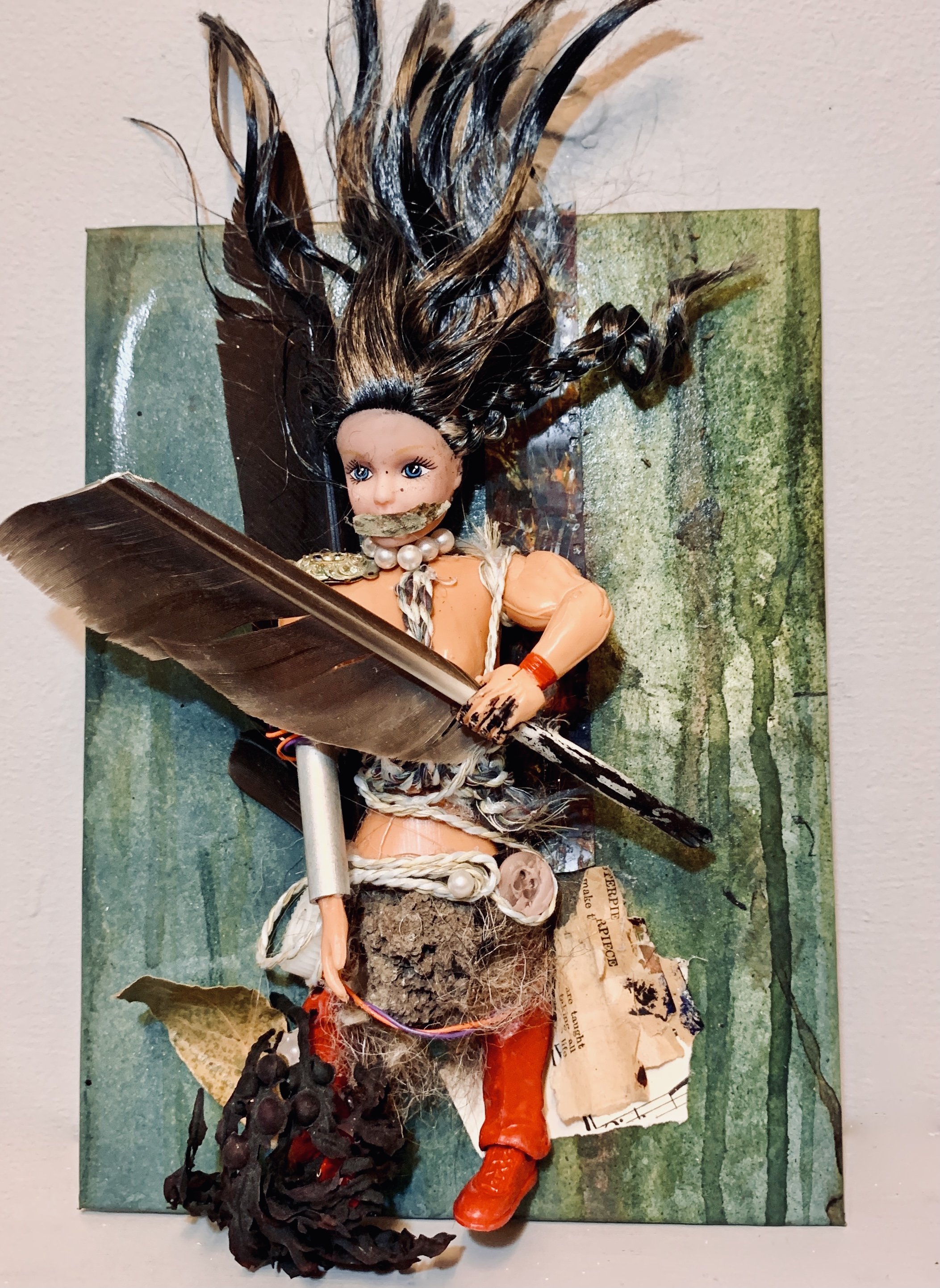
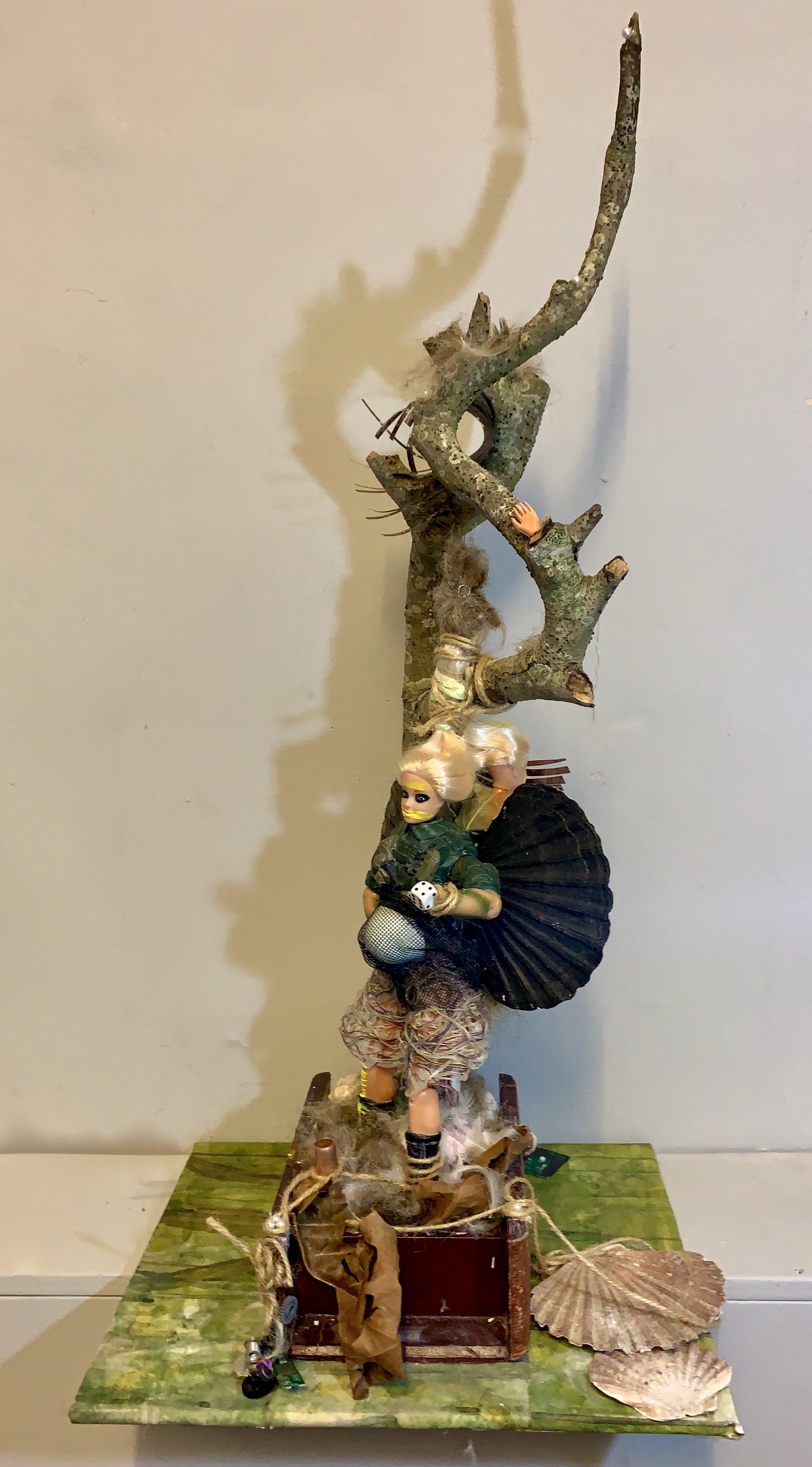
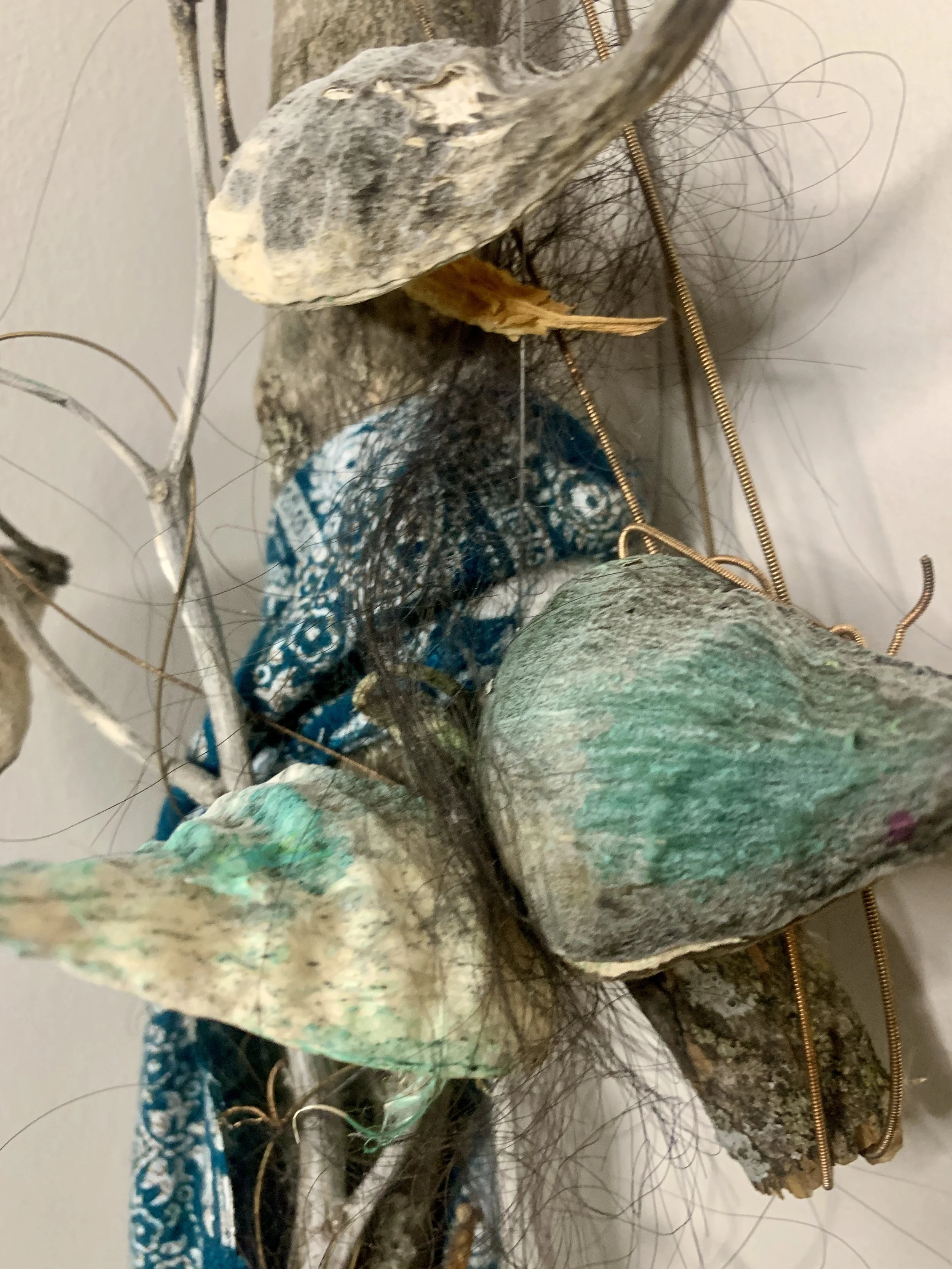
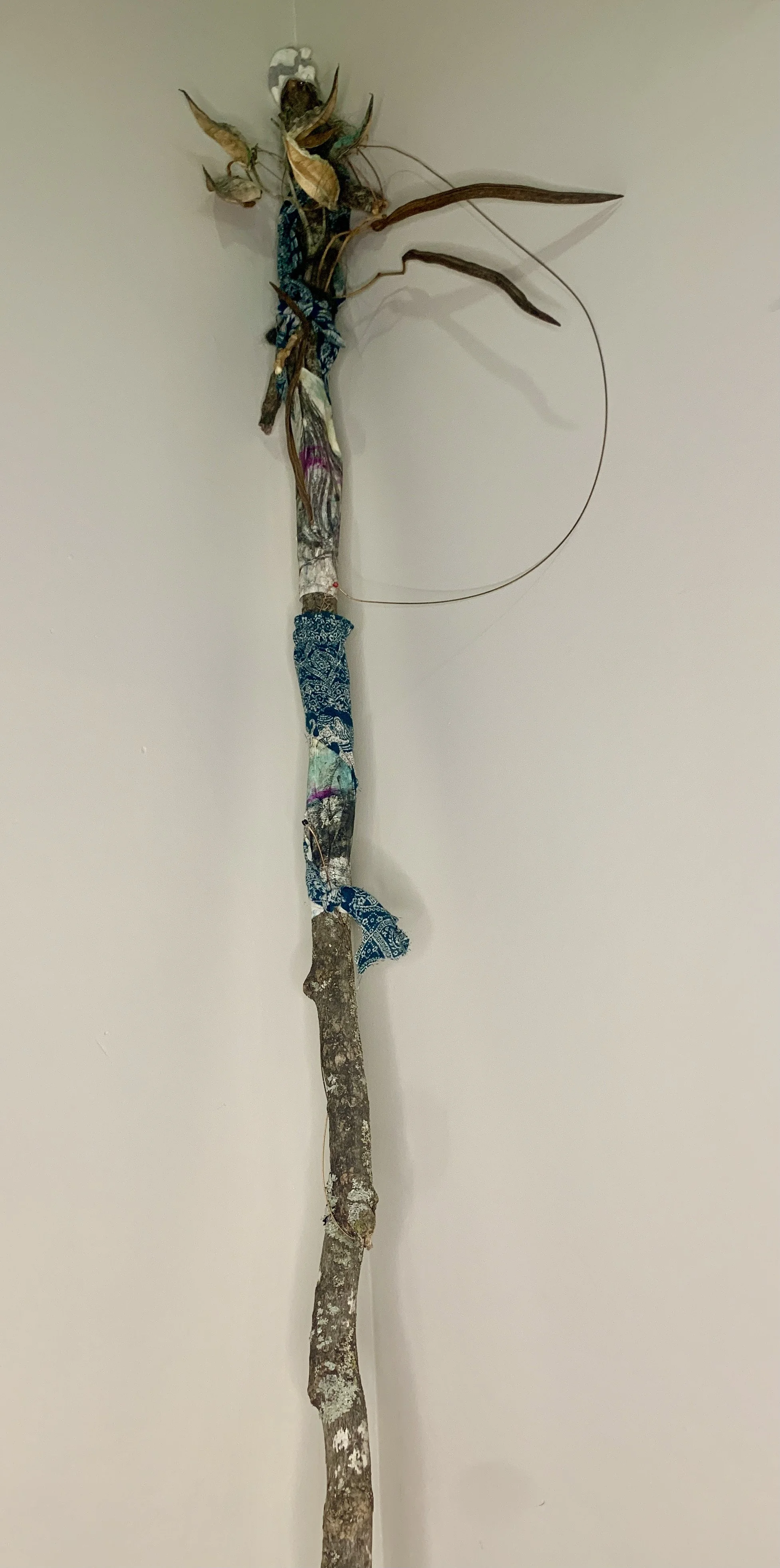

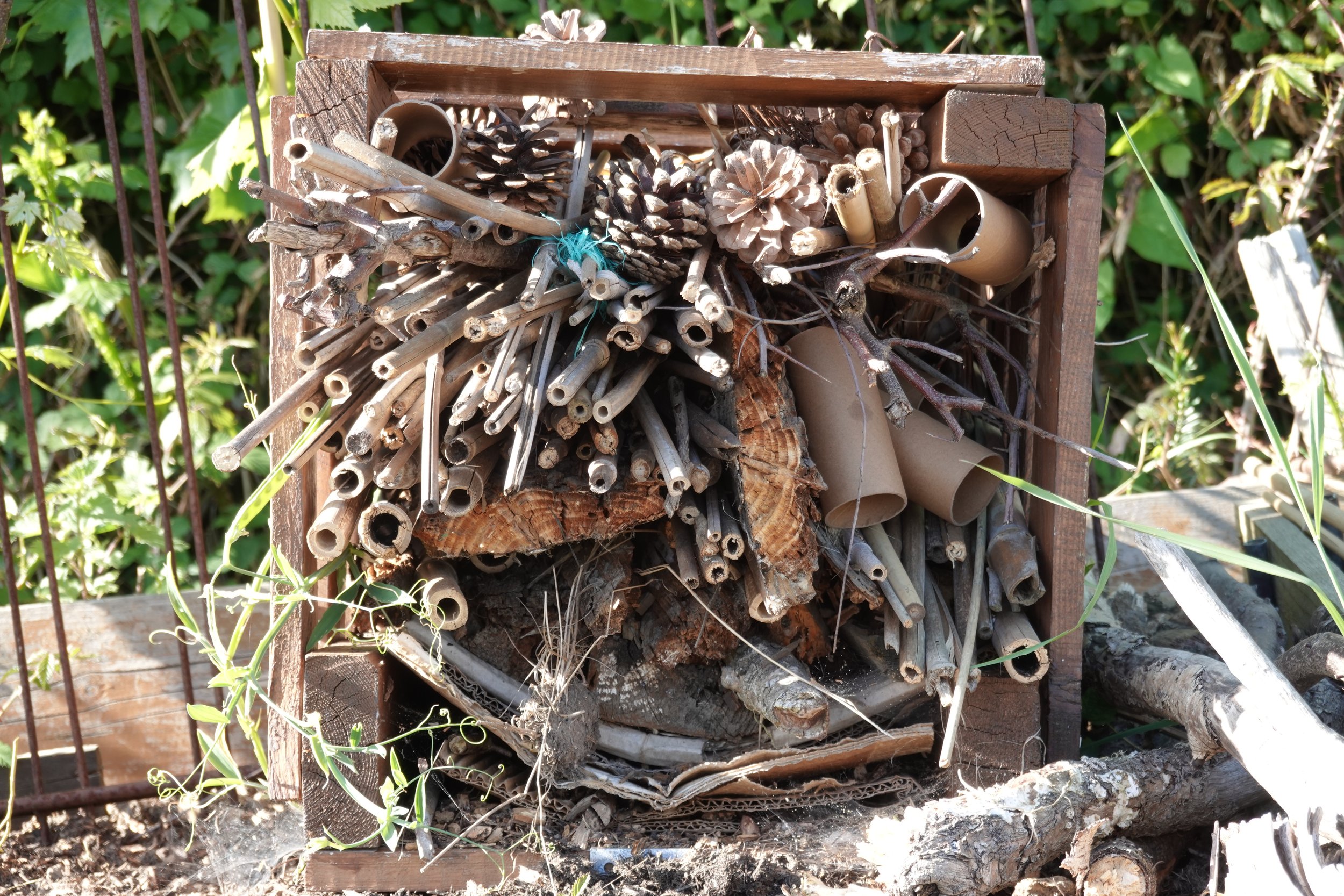
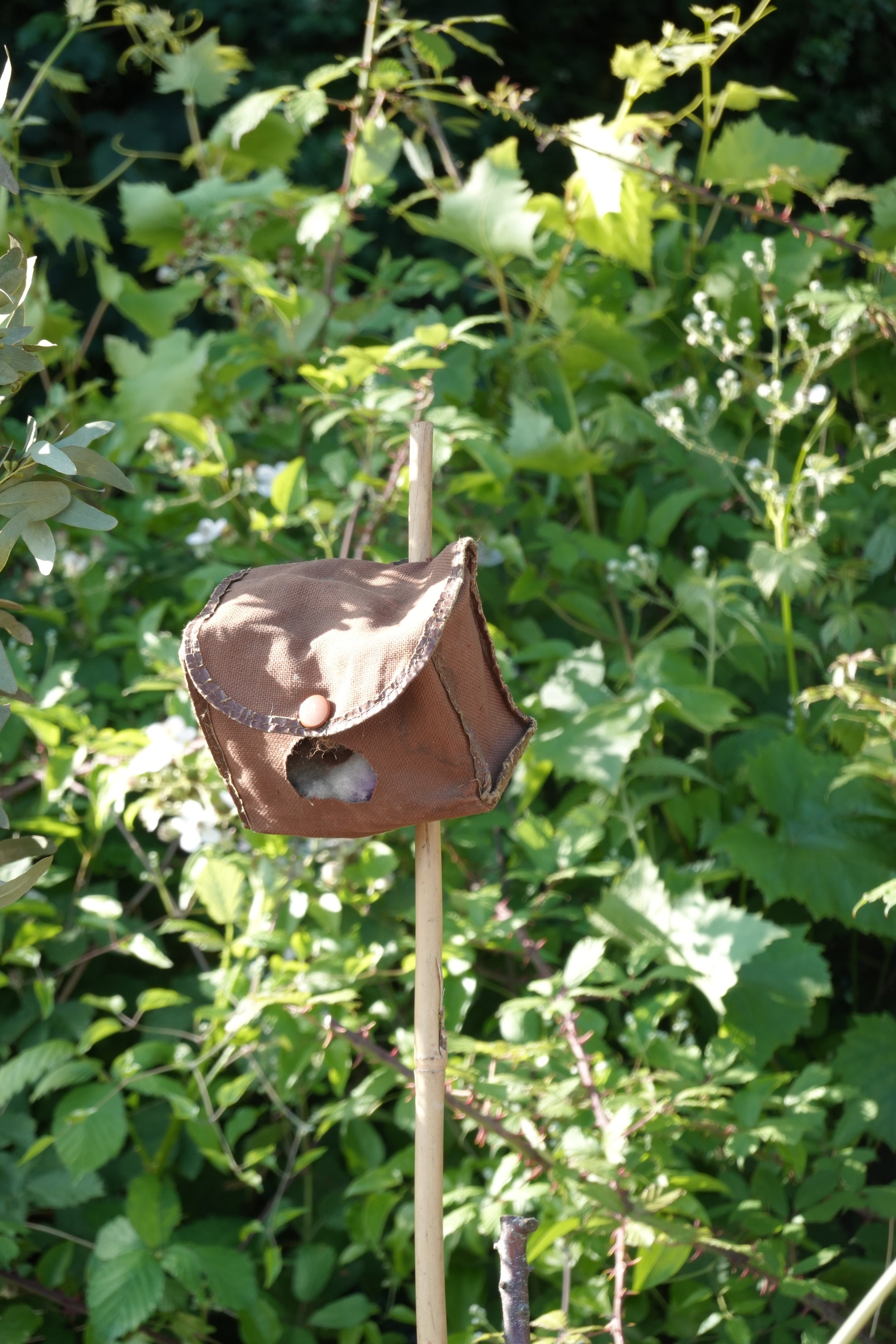
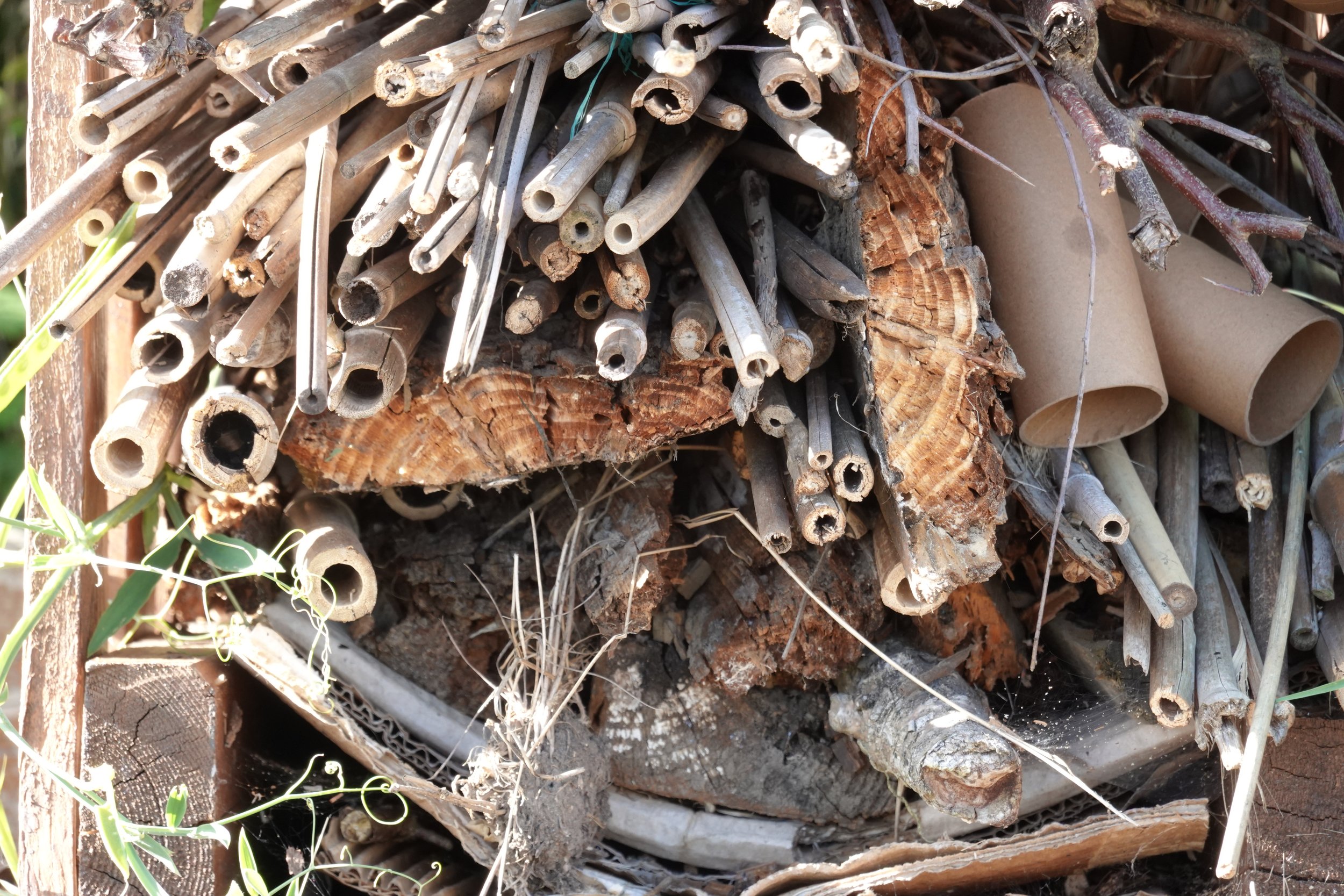
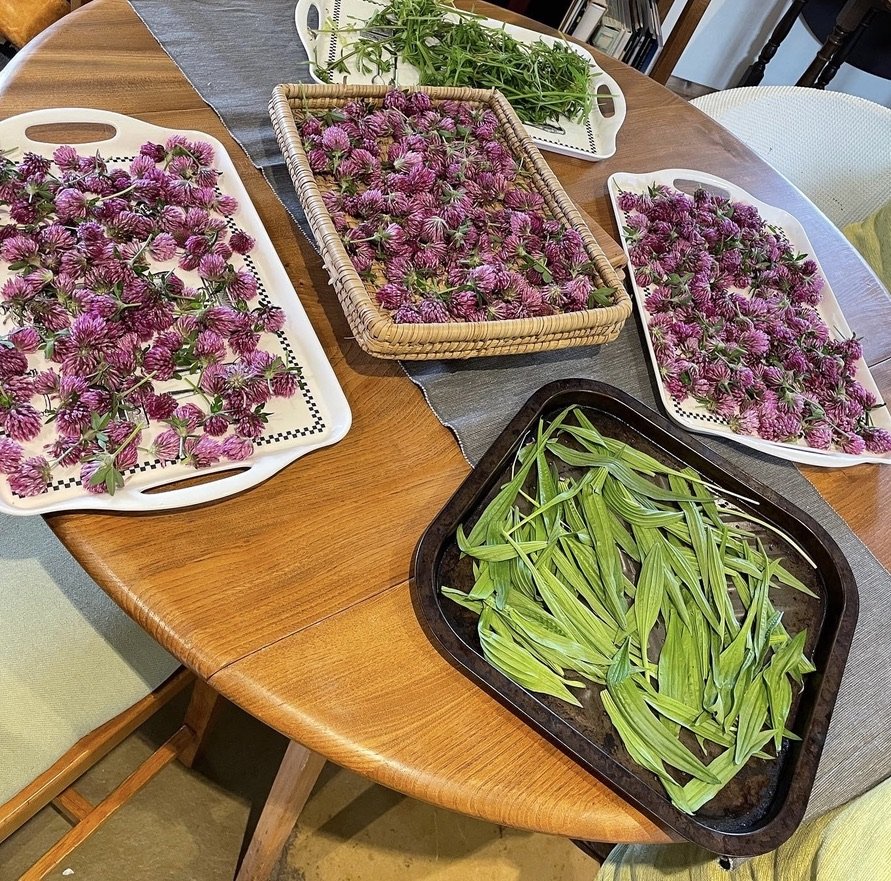

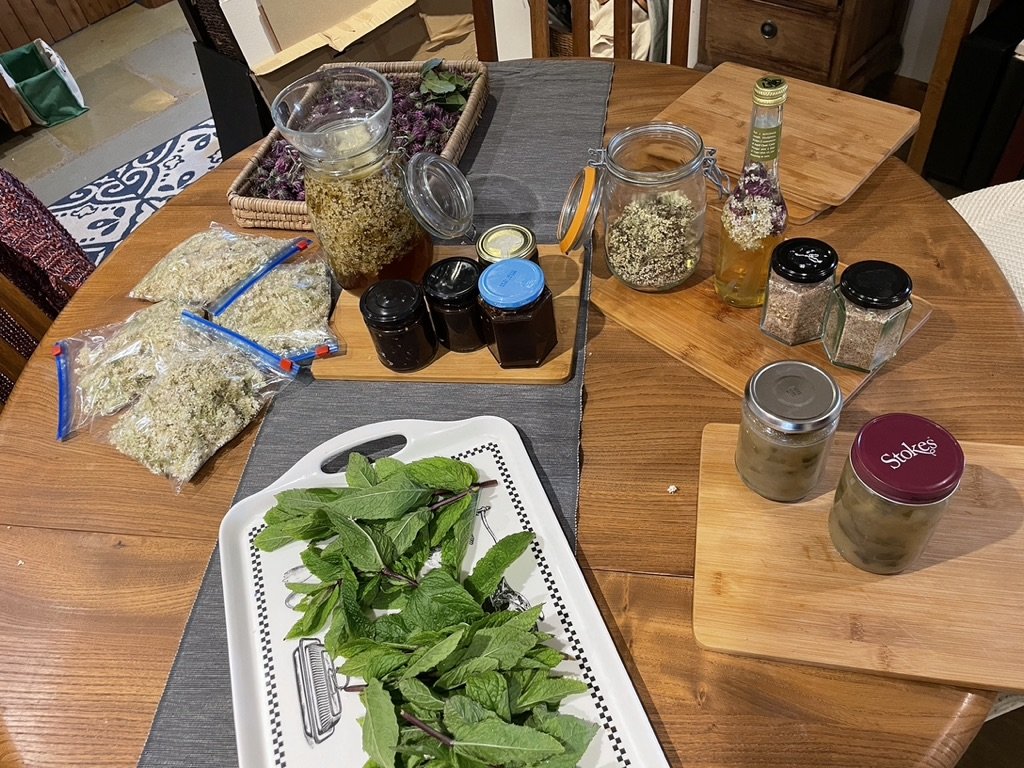

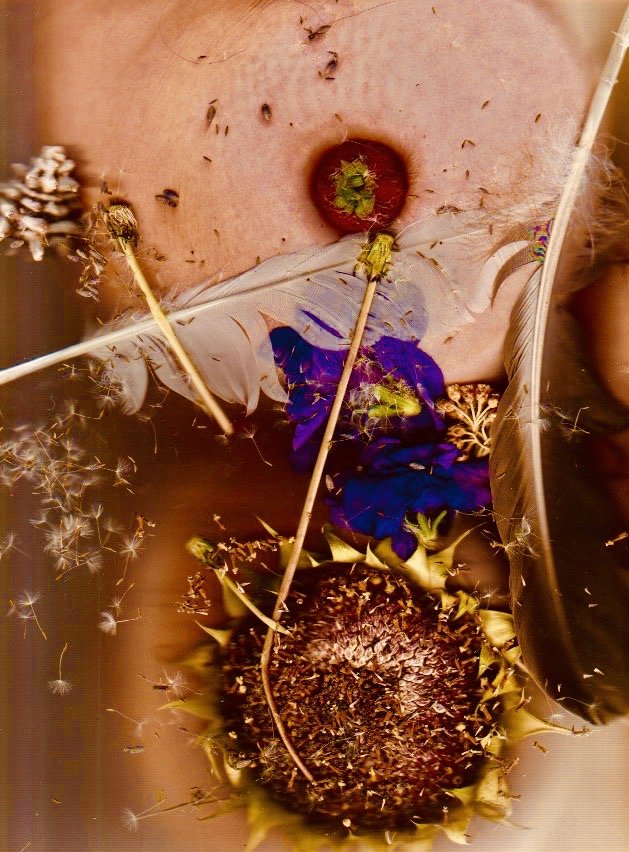

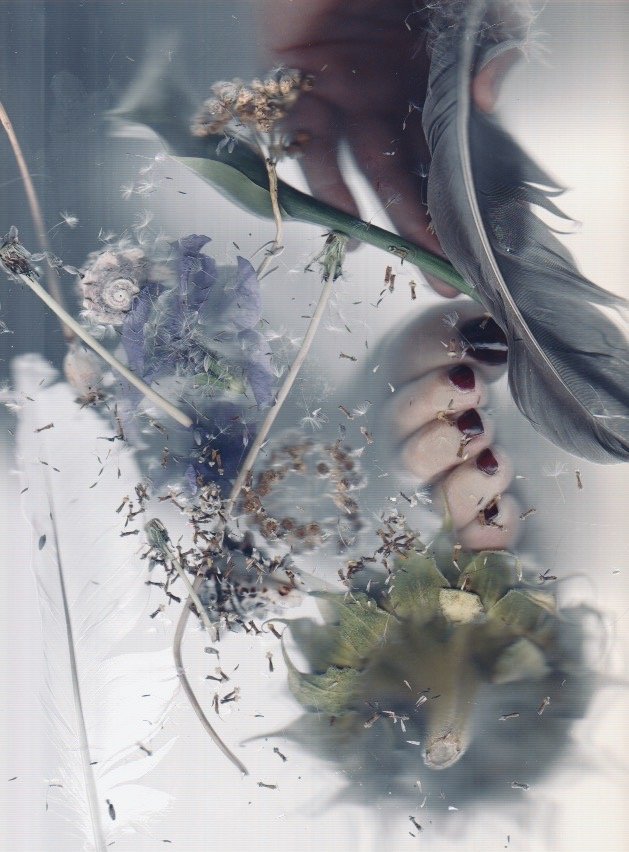
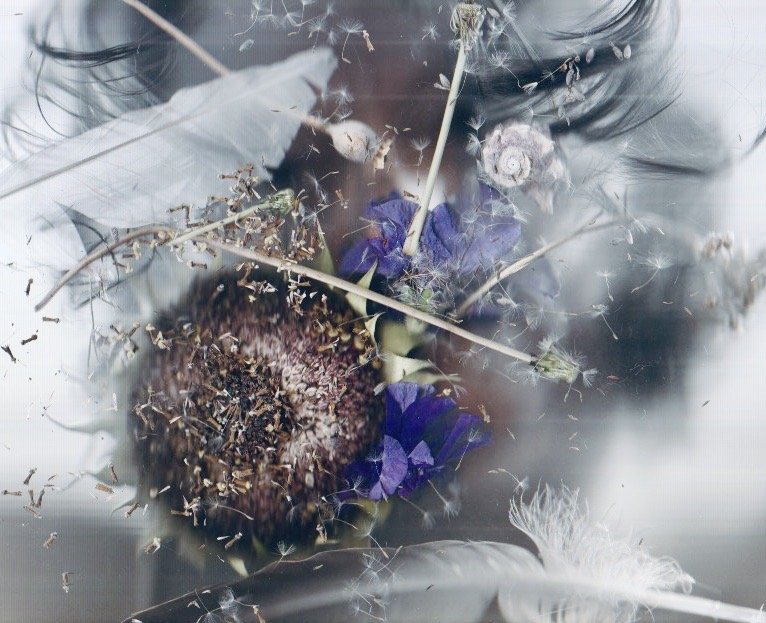
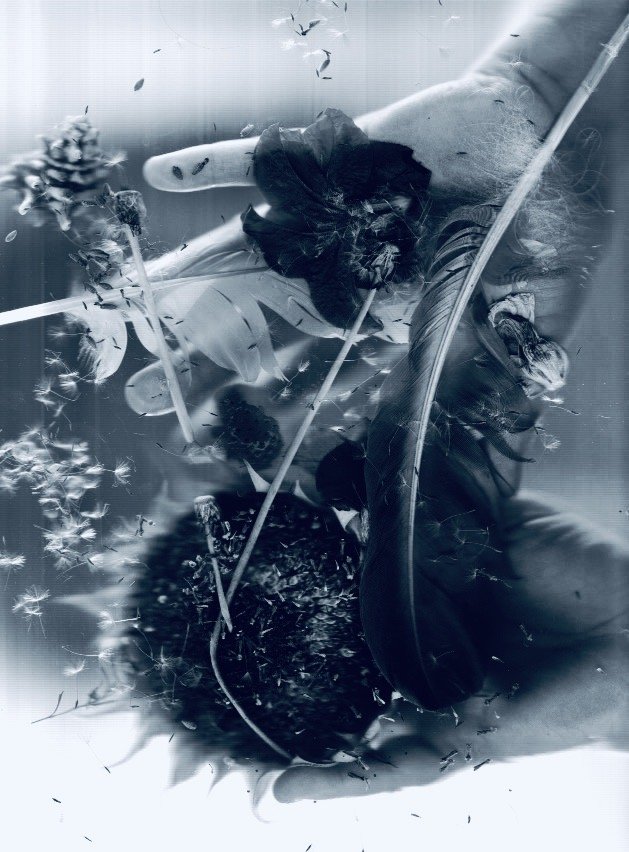
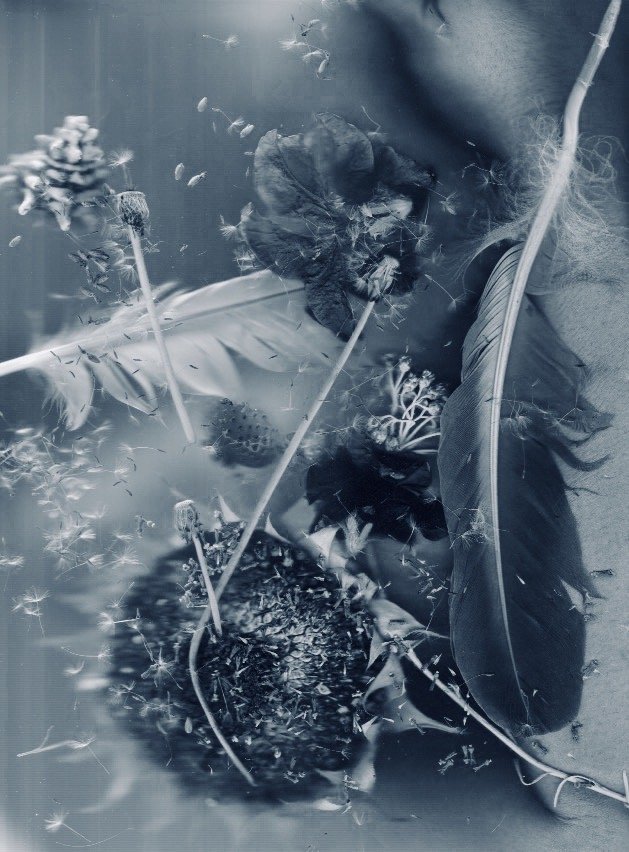
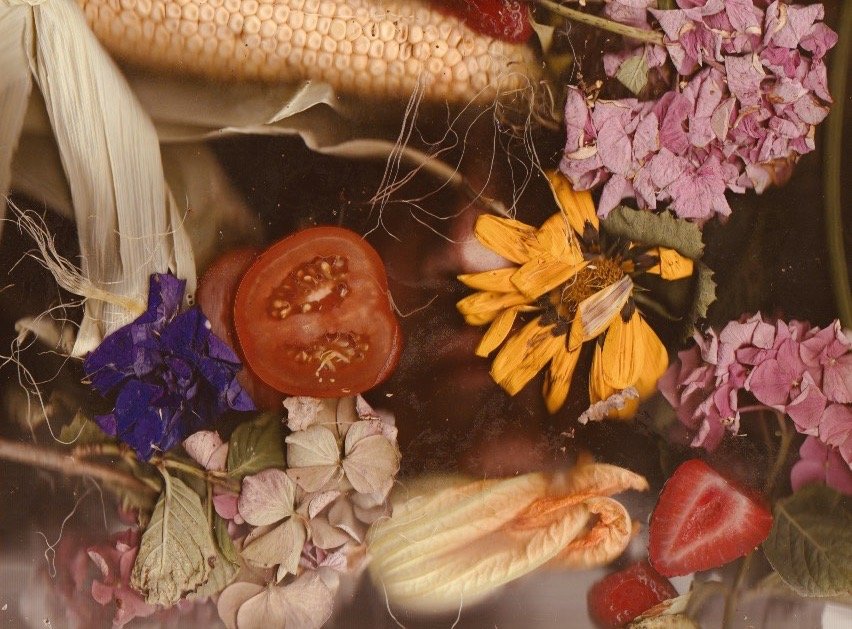
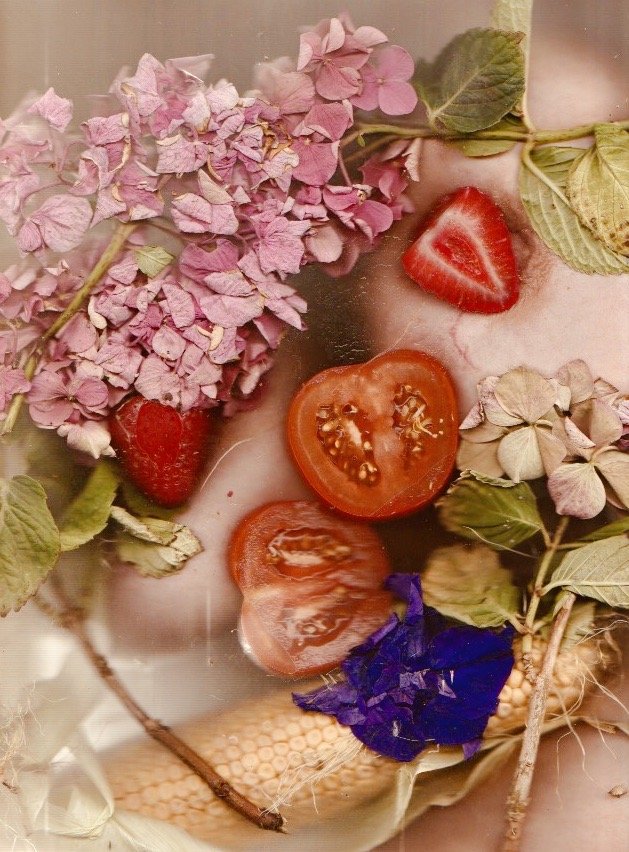


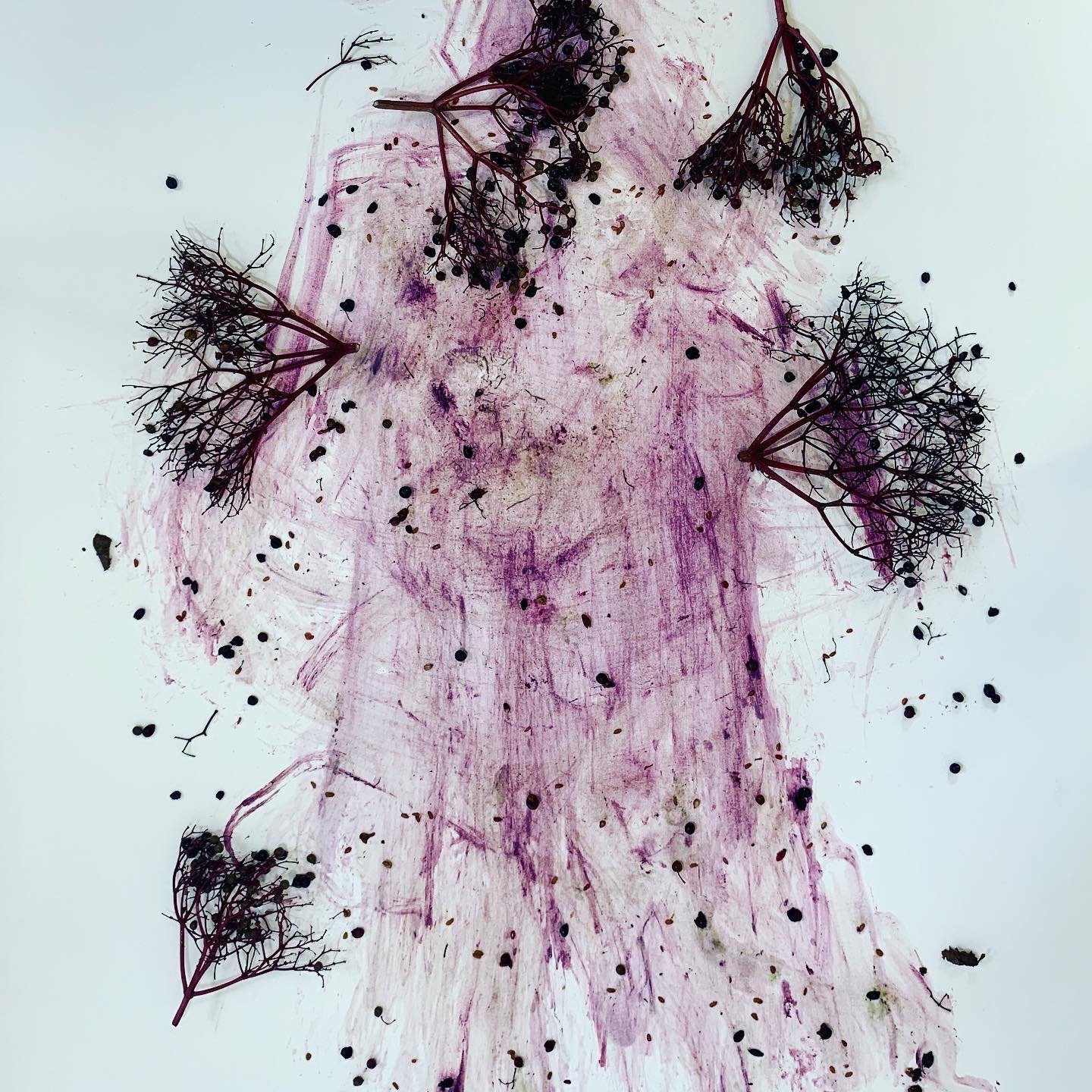

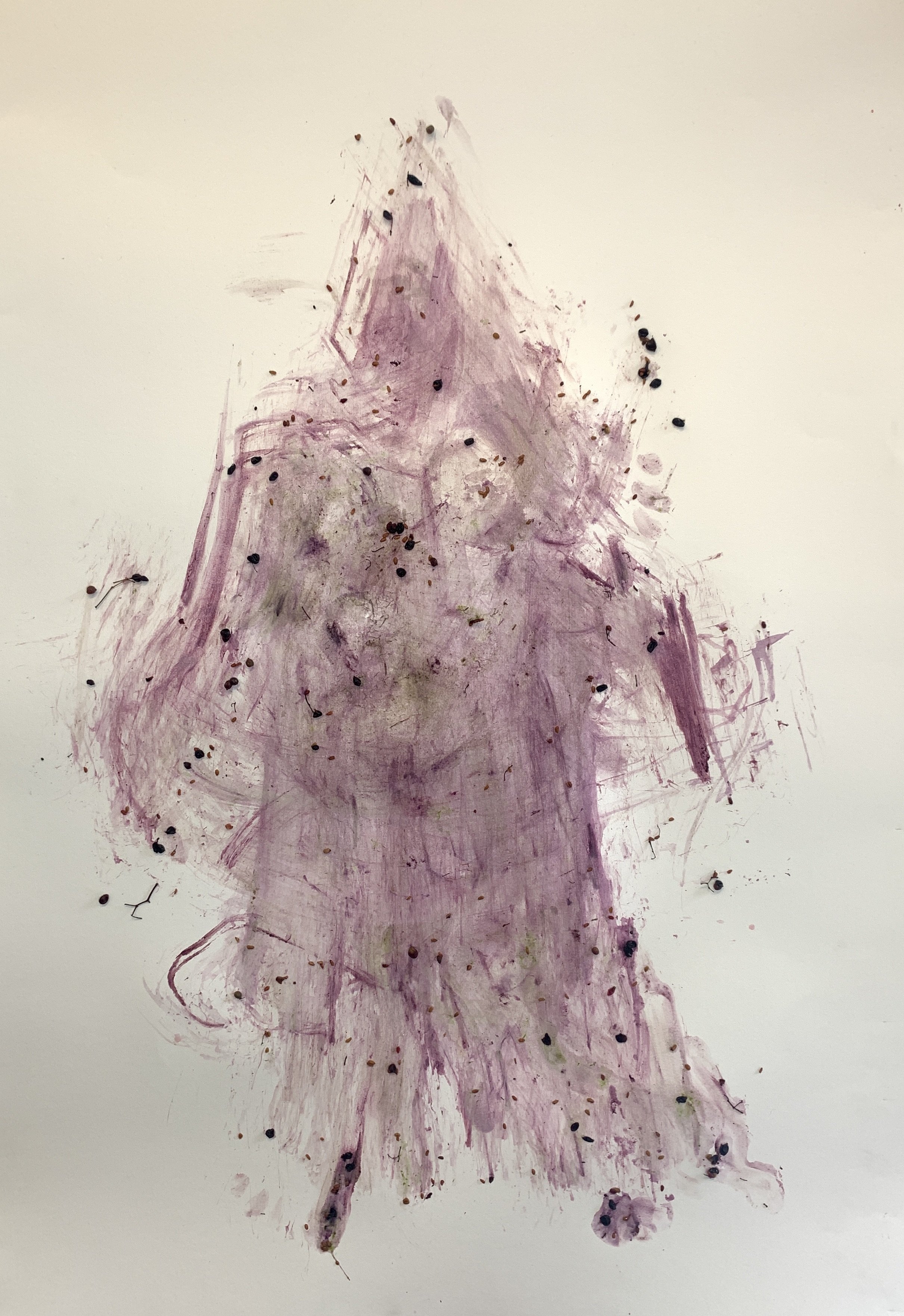
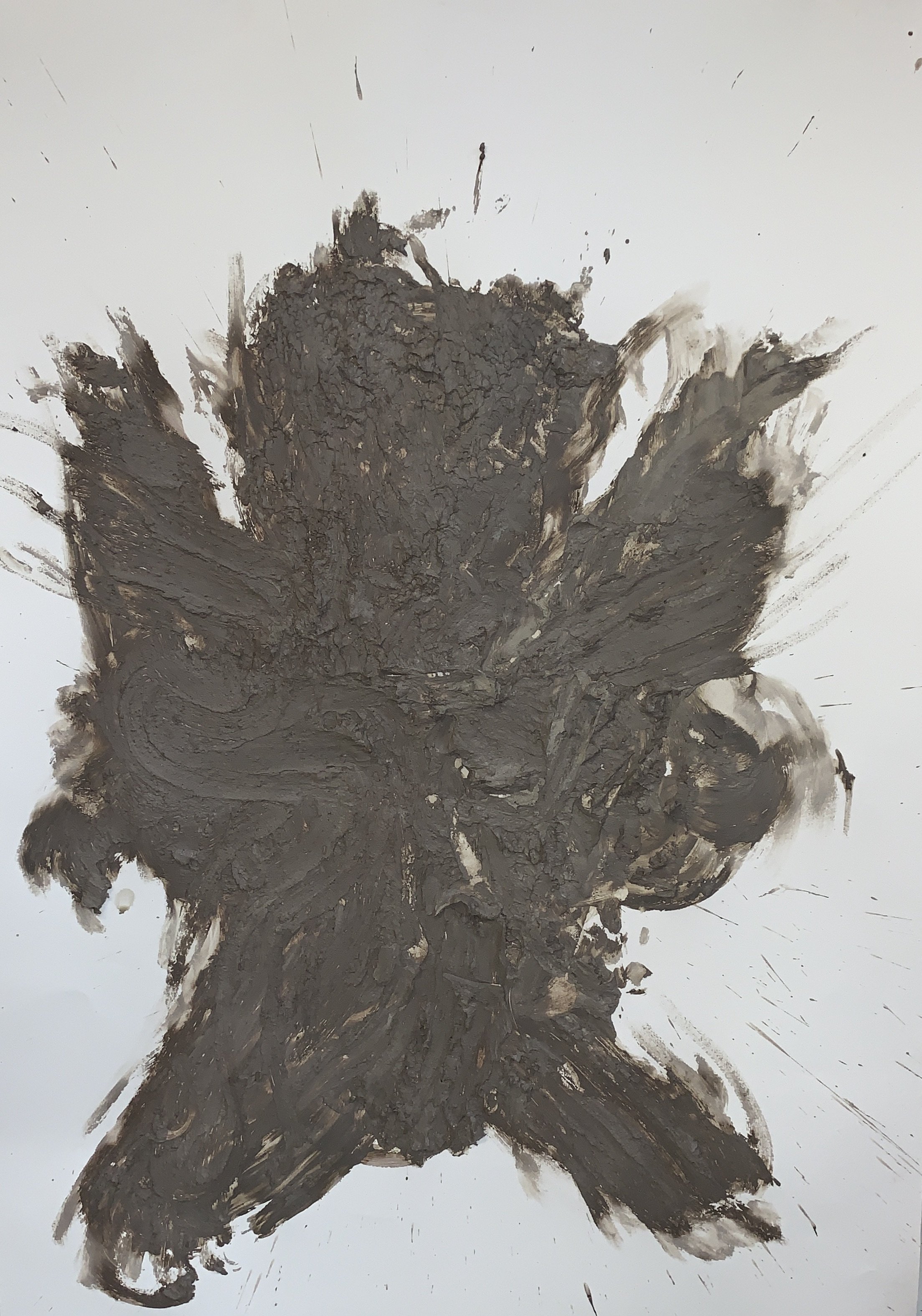
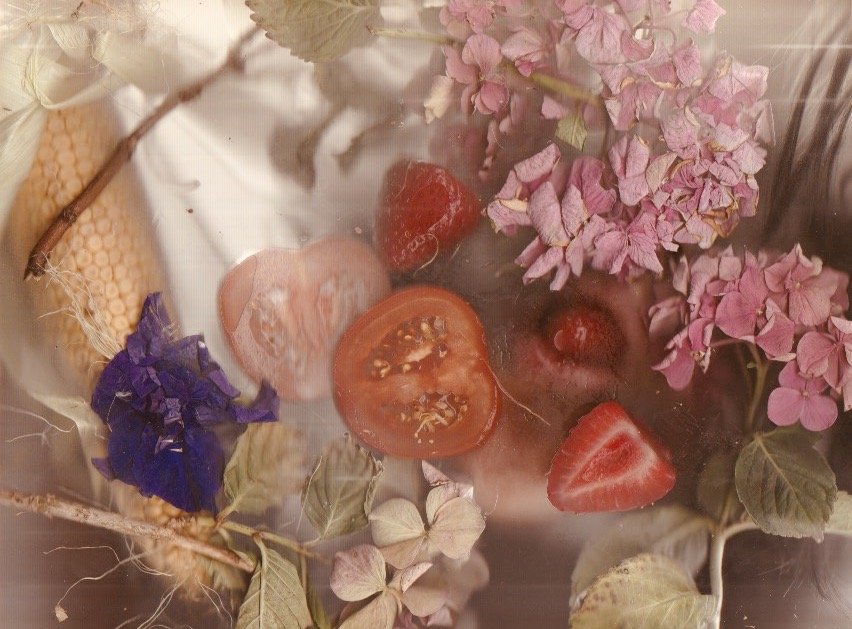
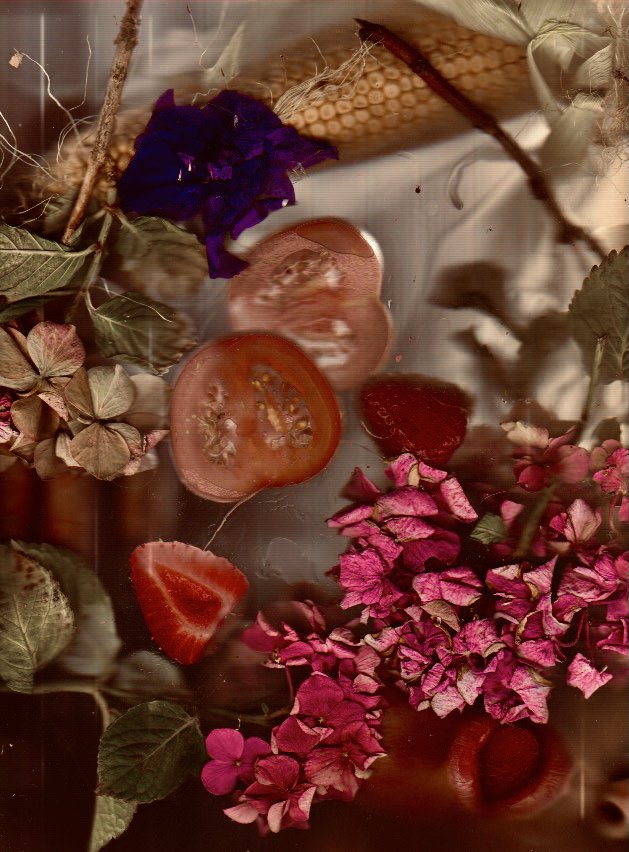
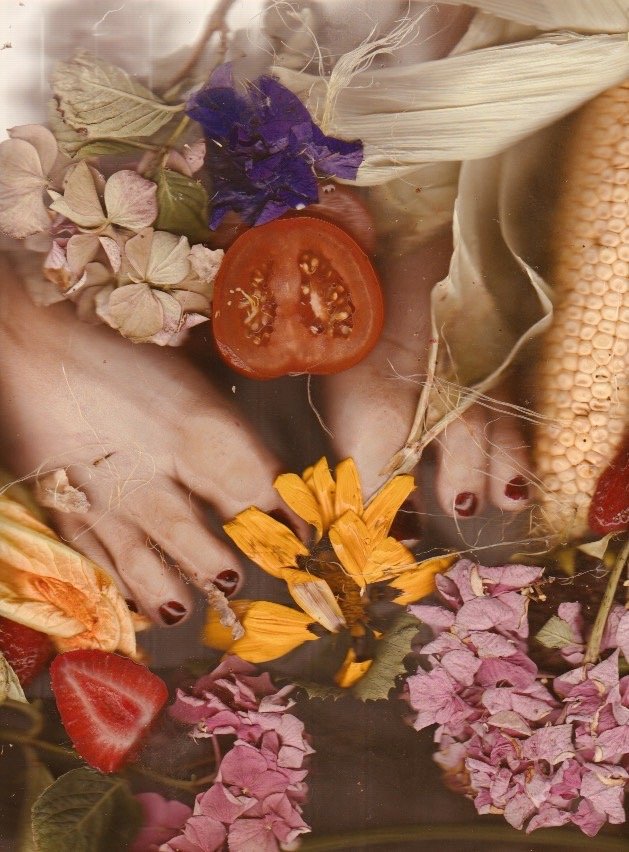
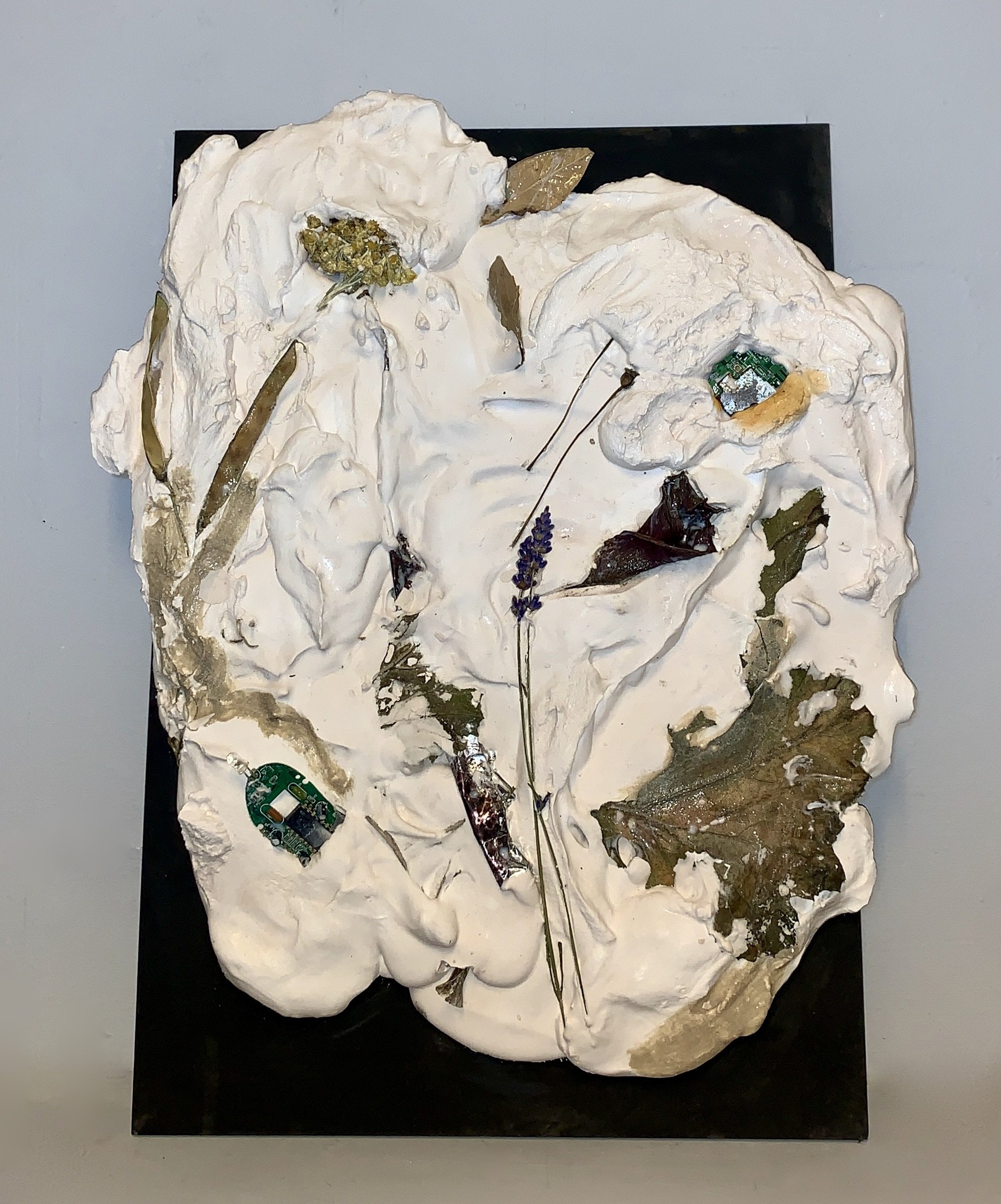
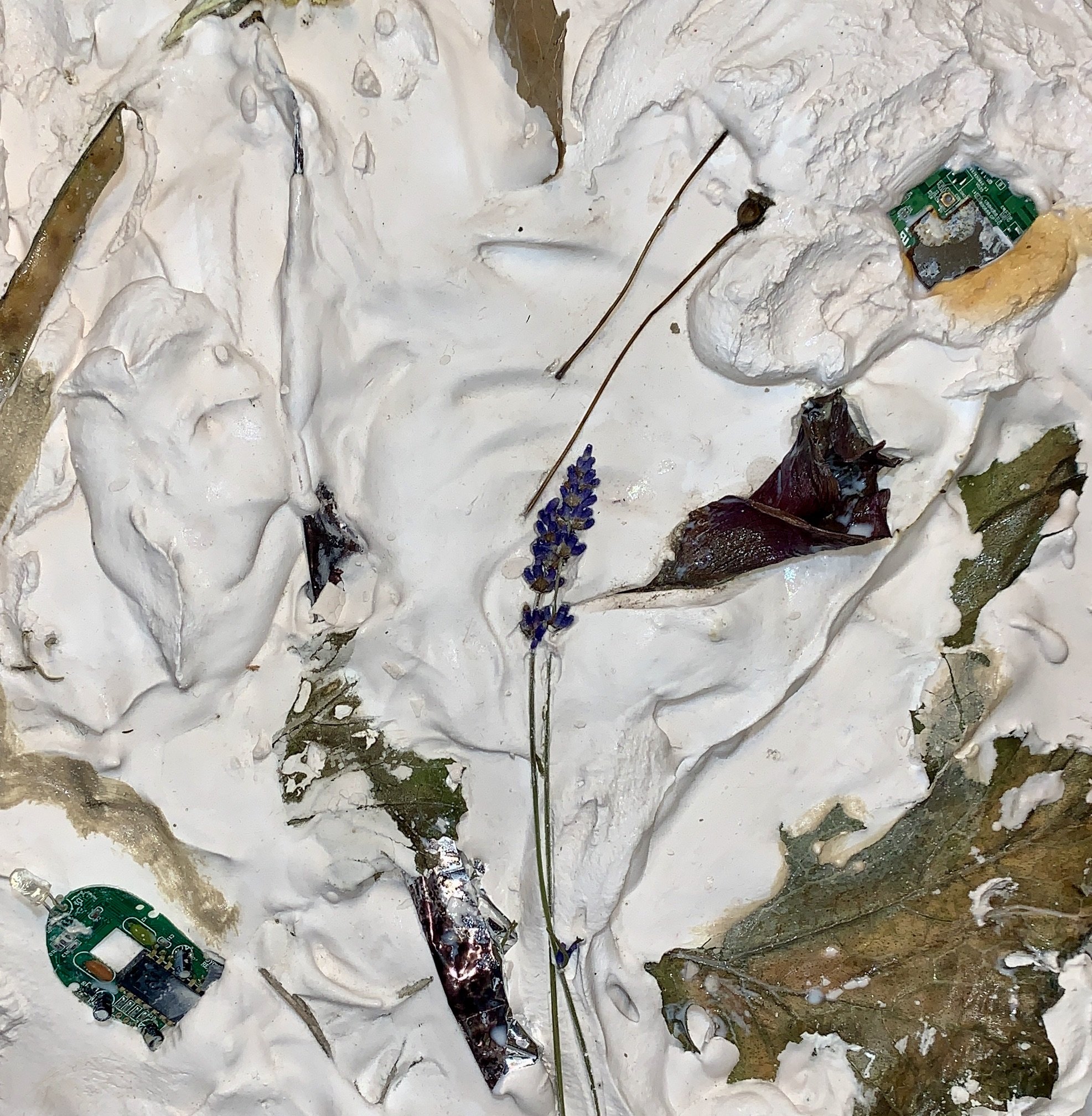
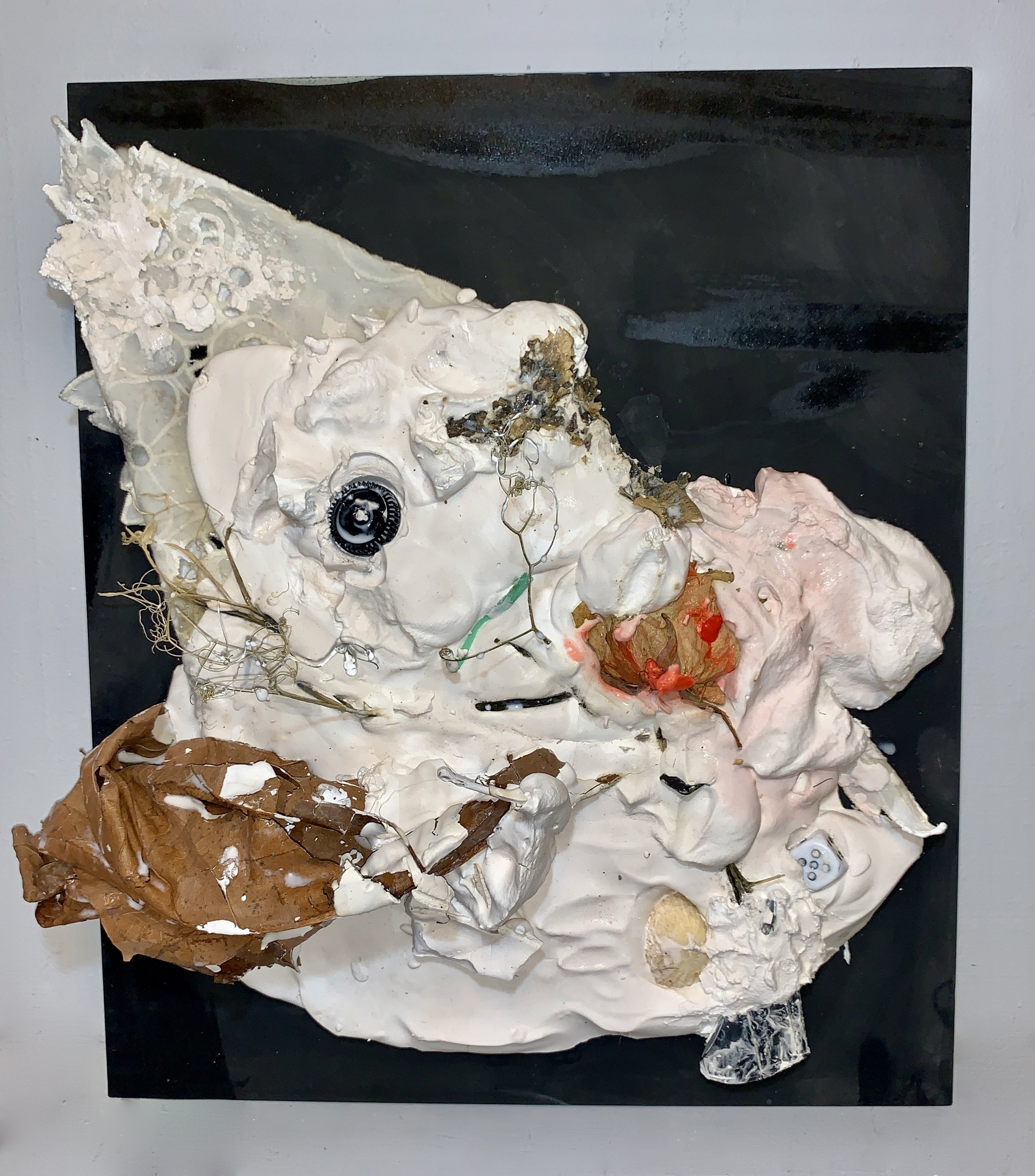
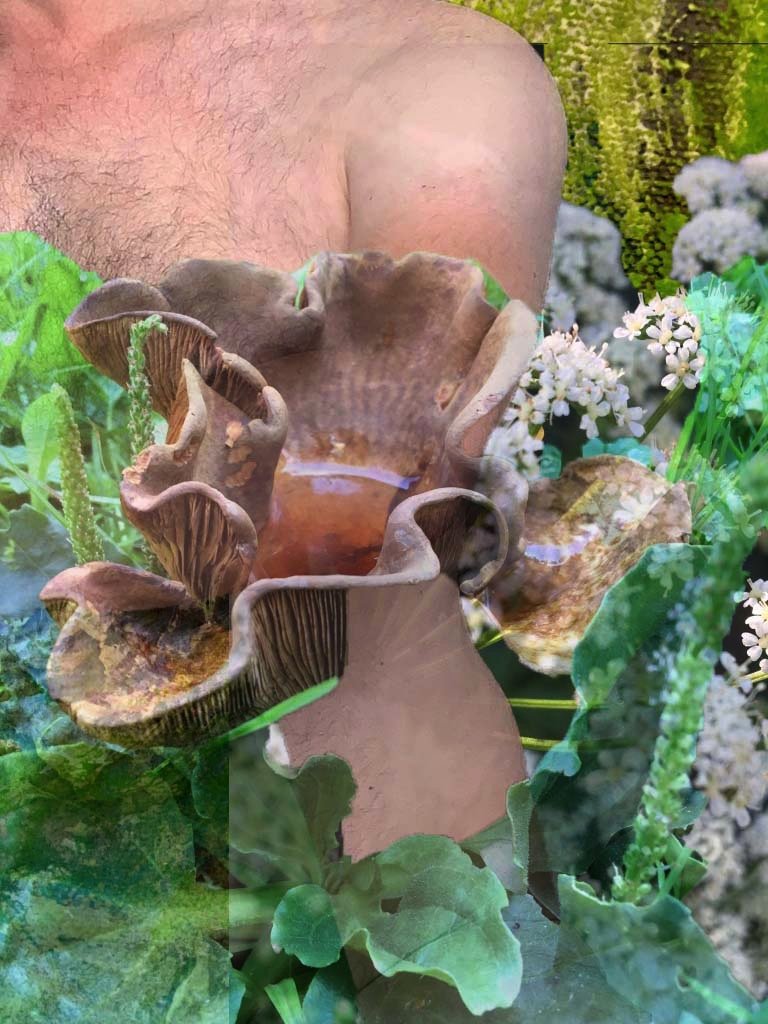

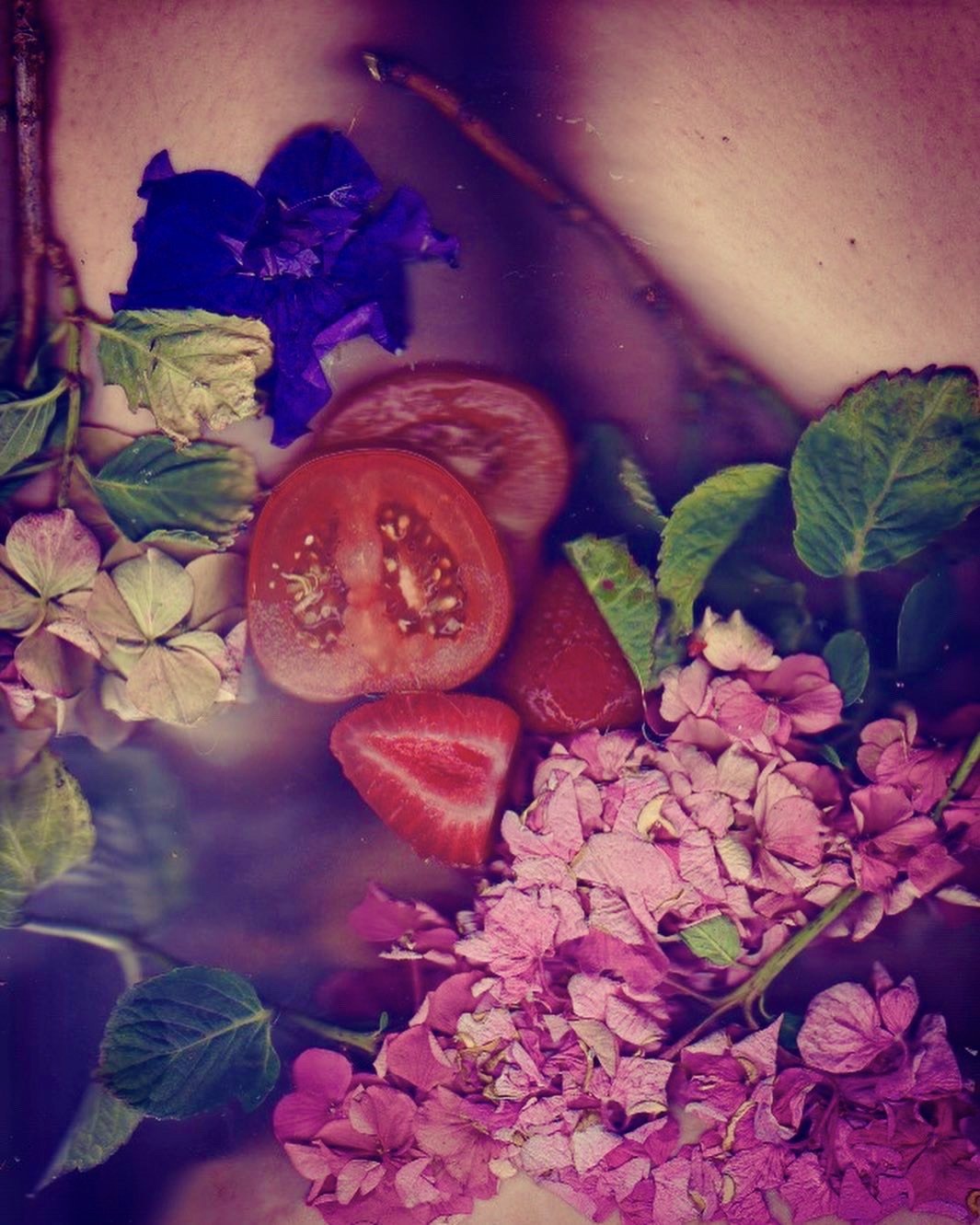
Nesting is a rich and multifaceted concept that weaves together creative practice's physical, emotional, and ecological dimensions. This concept resonates deeply with the natural behaviours observed in the animal kingdom and the instincts of motherhood, creating parallels that enhance our understanding of what it means to nest.
As an artist and mother, I realise that nesting is embedded within me and my surroundings. This practice manifests through site-specific art, and items I collect as I navigate the natural world around me, either through ephemeral objects or images. I have started to create works designed for specific natural locations using materials found in those environments.
This highlights the beauty of nature and underscores the importance of preserving unique landscapes. Nesting also encompasses the creation of eco-art that addresses environmental issues, with artists using recycled materials, natural dyes, or organic elements to craft their pieces, thereby reducing their ecological footprint and promoting sustainability. Many artists live and work in nature-filled settings that inspire their creative processes, finding that these tranquil and isolated environments enable them to deeply connect with both their work and the land.
Nesting extends beyond the physical environment creating a mental and emotional space where artists can thrive. This involves establishing safe, nurturing spaces—whether in a cozy studio, a garden corner, or a mental space free from distractions and stress—that facilitate creativity. Additionally, nesting means fostering a community of like-minded individuals who support and inspire each other, providing feedback, sharing resources, and collaborating on projects to nurture creative growth.
Artists who practice nesting often respect the environment and strive for sustainability, reflecting a commitment to ecological principles. Using sustainable materials and methods is key, such as sourcing local, eco-friendly supplies, minimizing waste, and employing low-impact techniques. Artists that use nesting often advocate for environmental causes, raising awareness about climate change and biodiversity loss, encouraging a symbiotic relationship with the environment, where artists give back to the land as much as they take, through conservation efforts or habitat restoration.
Nesting is a universal instinct observed in the animal kingdom, particularly among women and birds that build nests to provide a safe space for raising their young. This behaviour is mirrored in the nesting instincts of motherhood, where creating a nurturing environment for children is paramount. The concept of empty nesting—when children grow up and leave home—can parallel an artist’s evolution. Just as parents might transform their roles and spaces once their children leave, artists may also experience periods of transition, finding new inspirations and redefining their creative spaces.
At its core, nesting is about creating a secure, nurturing space, whether for raising young, personal well-being, or artistic creation. It involves providing a safe, supportive environment, facilitating personal or creative growth, and achieving harmony with the surroundings.